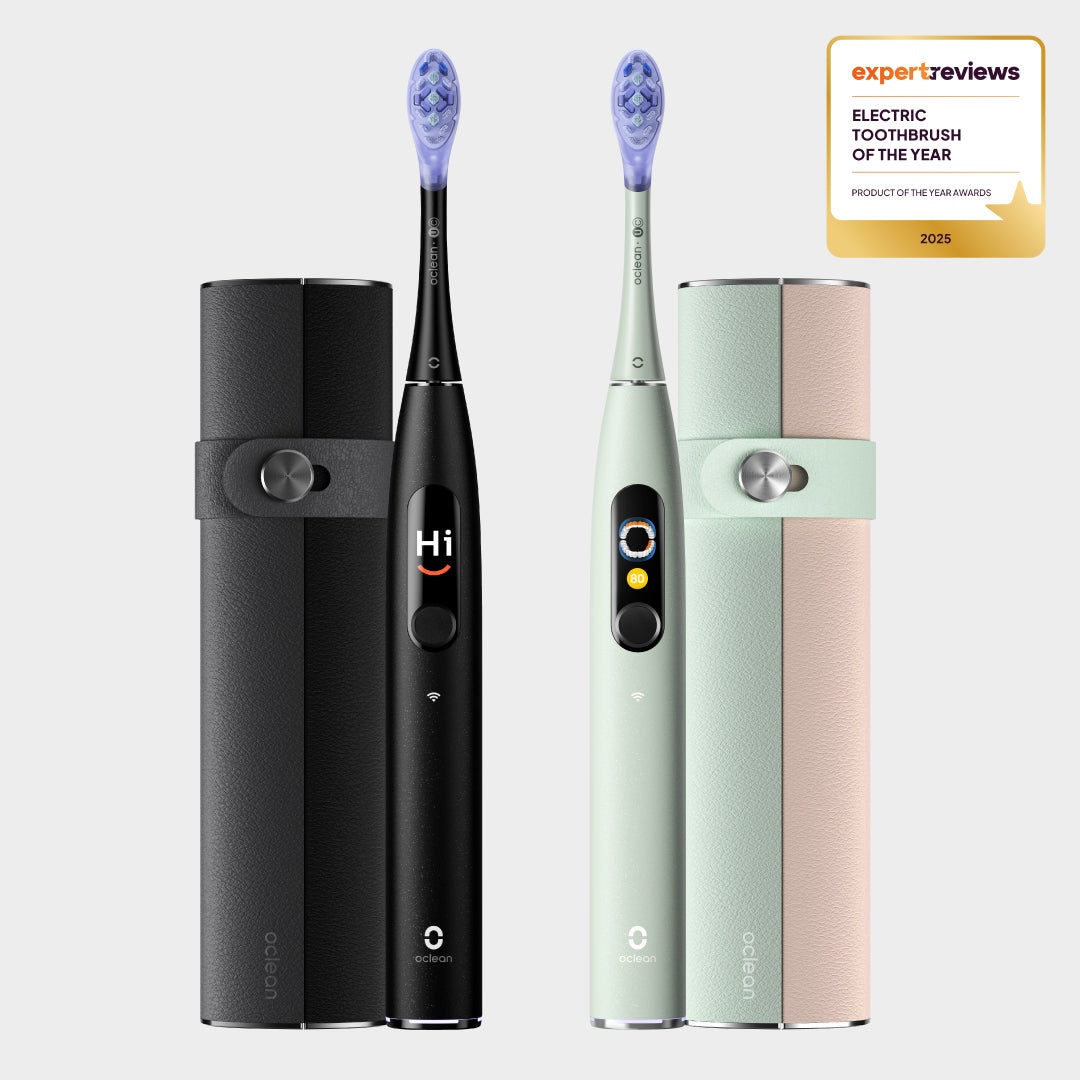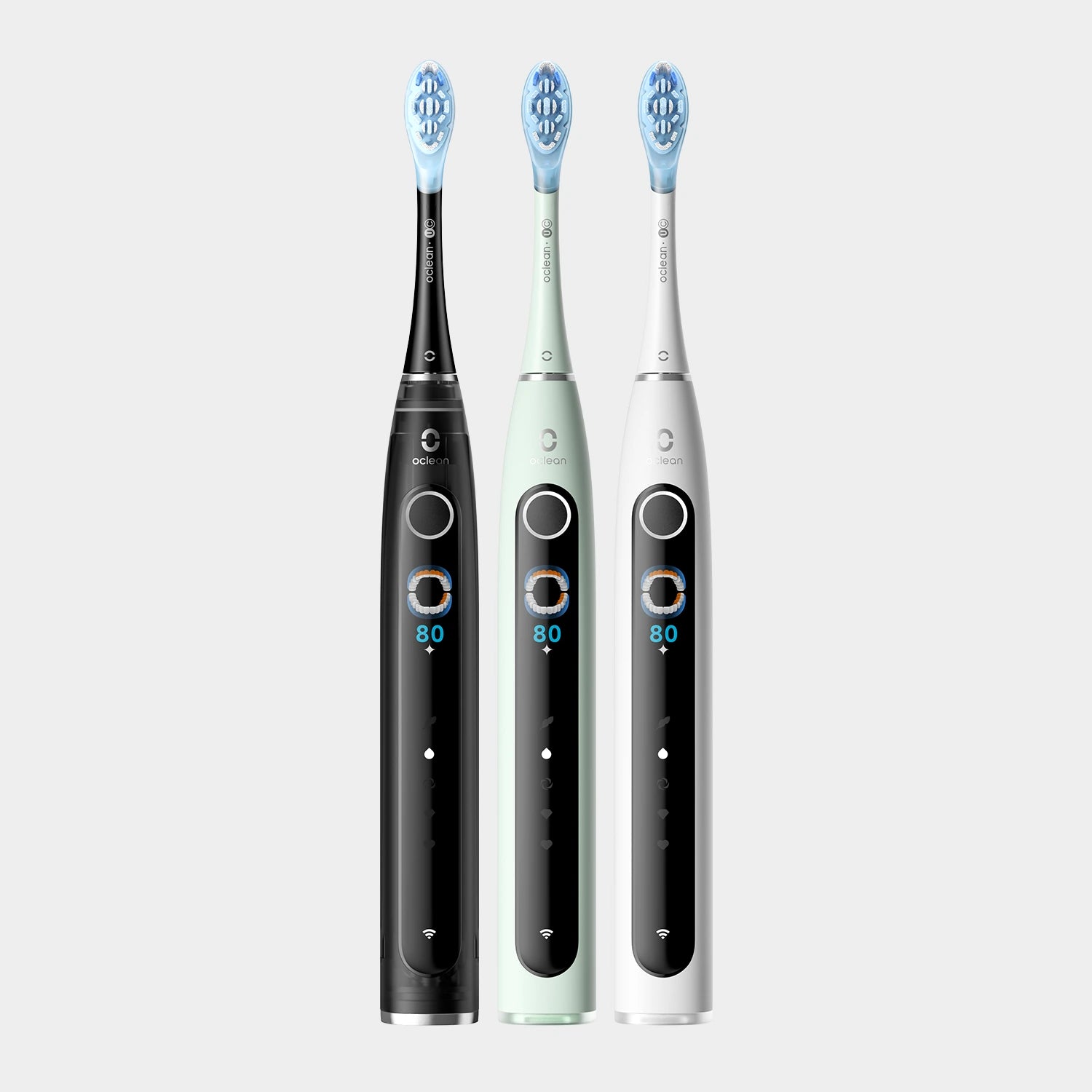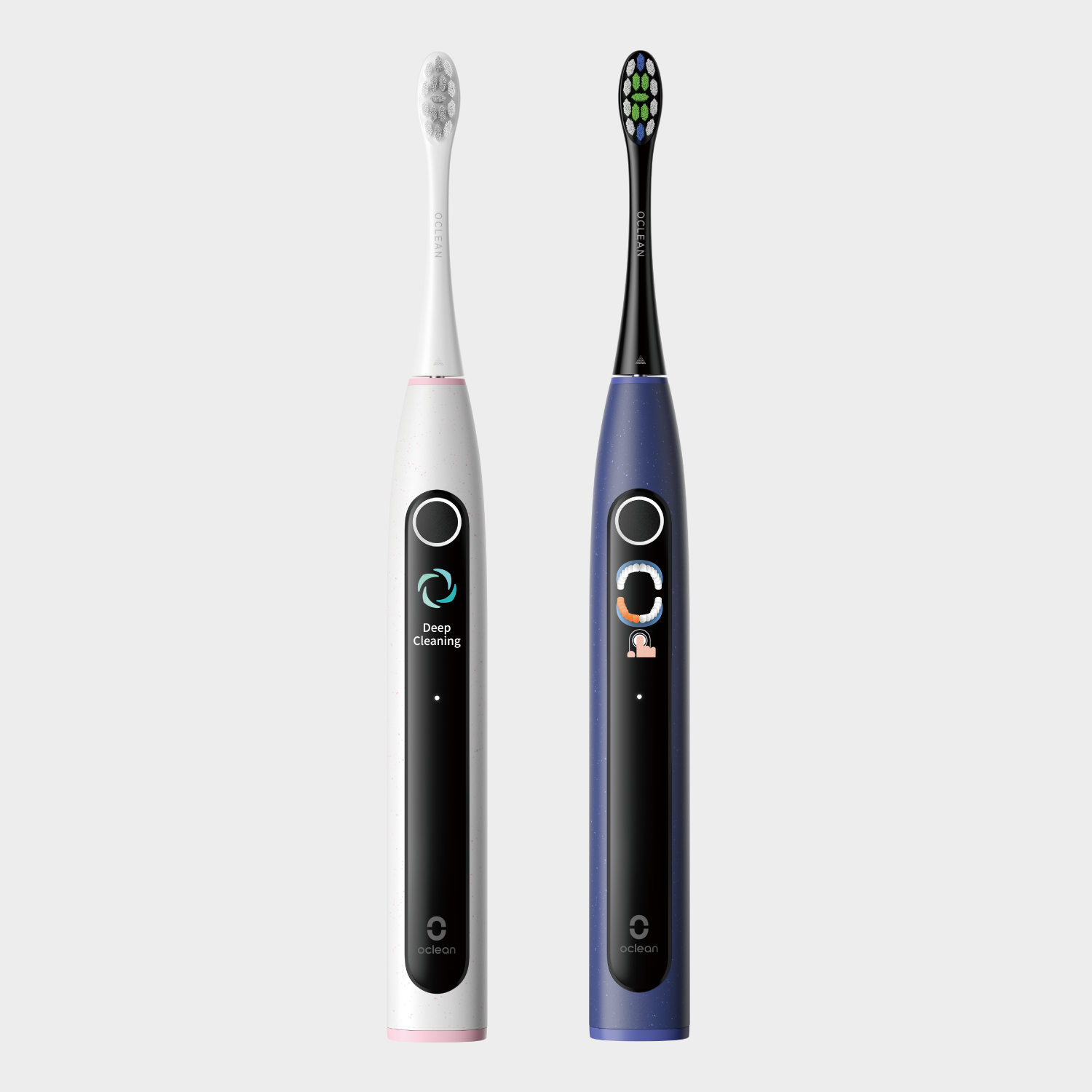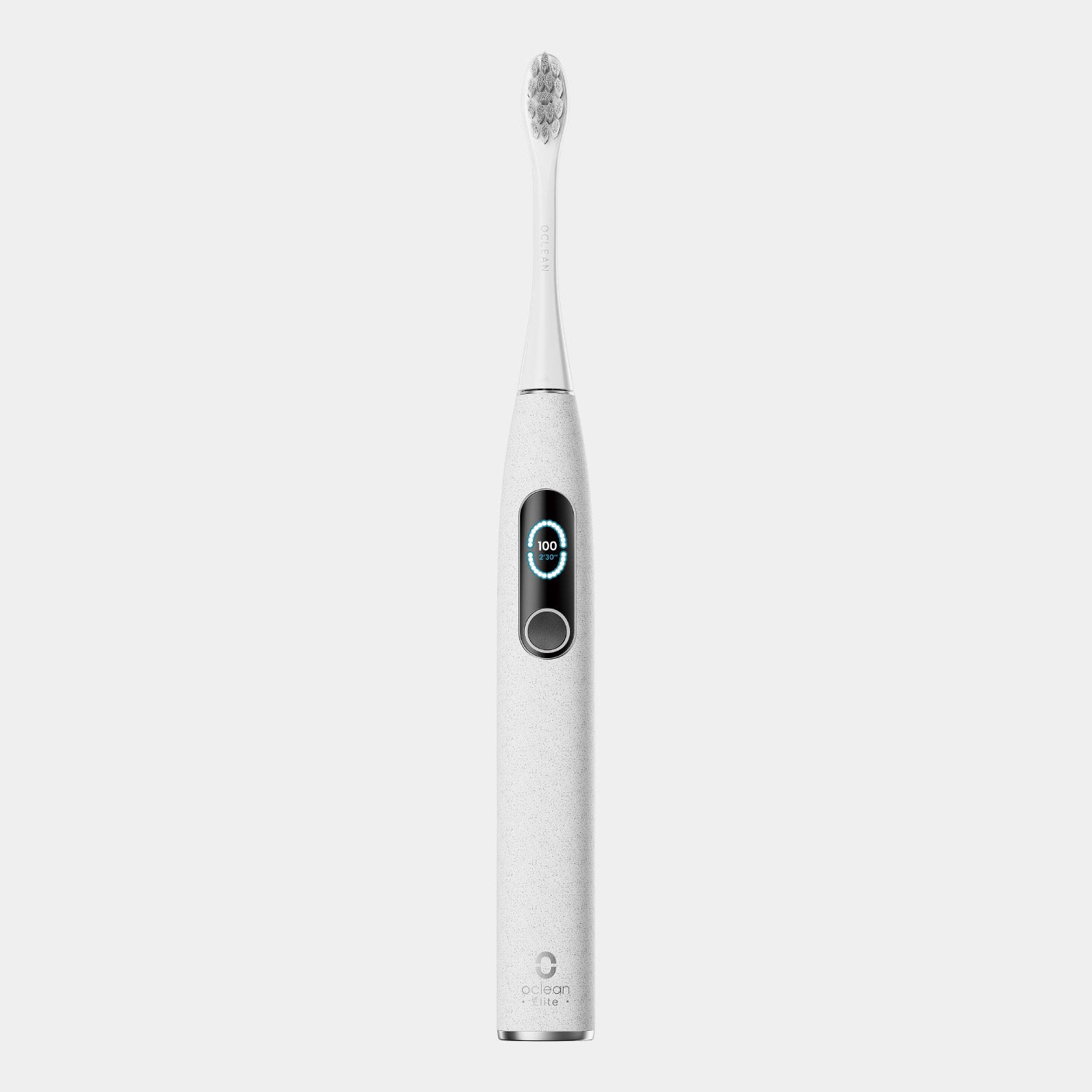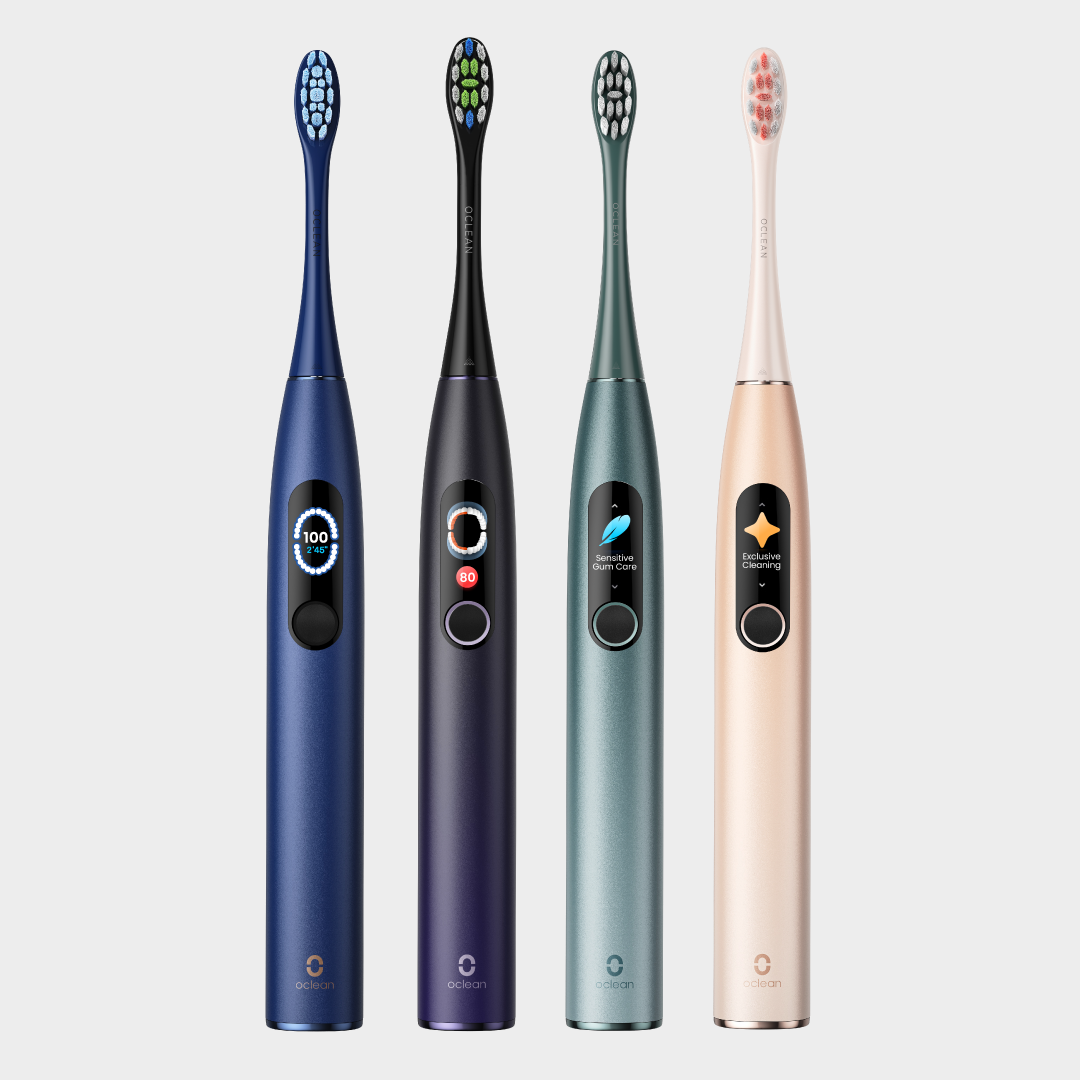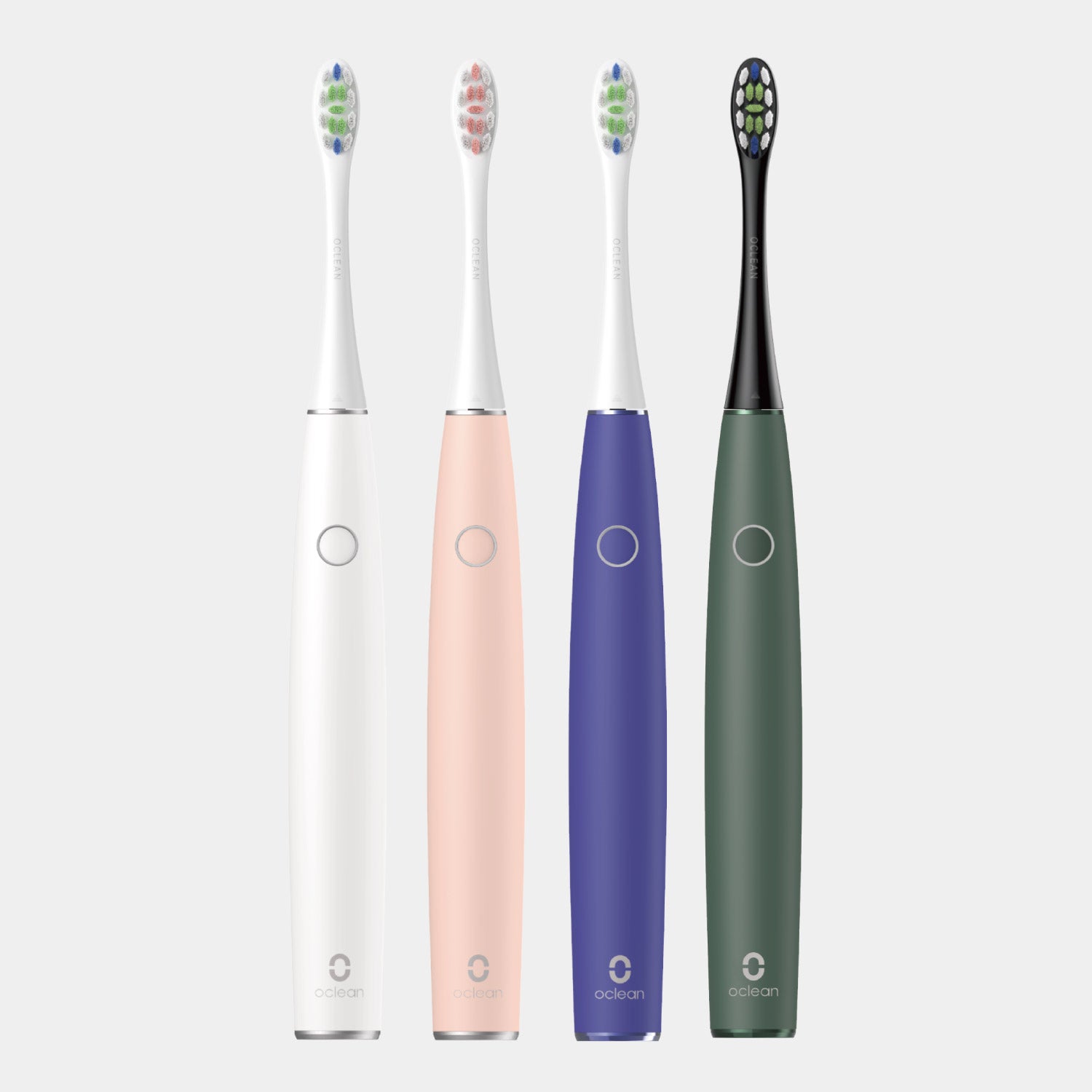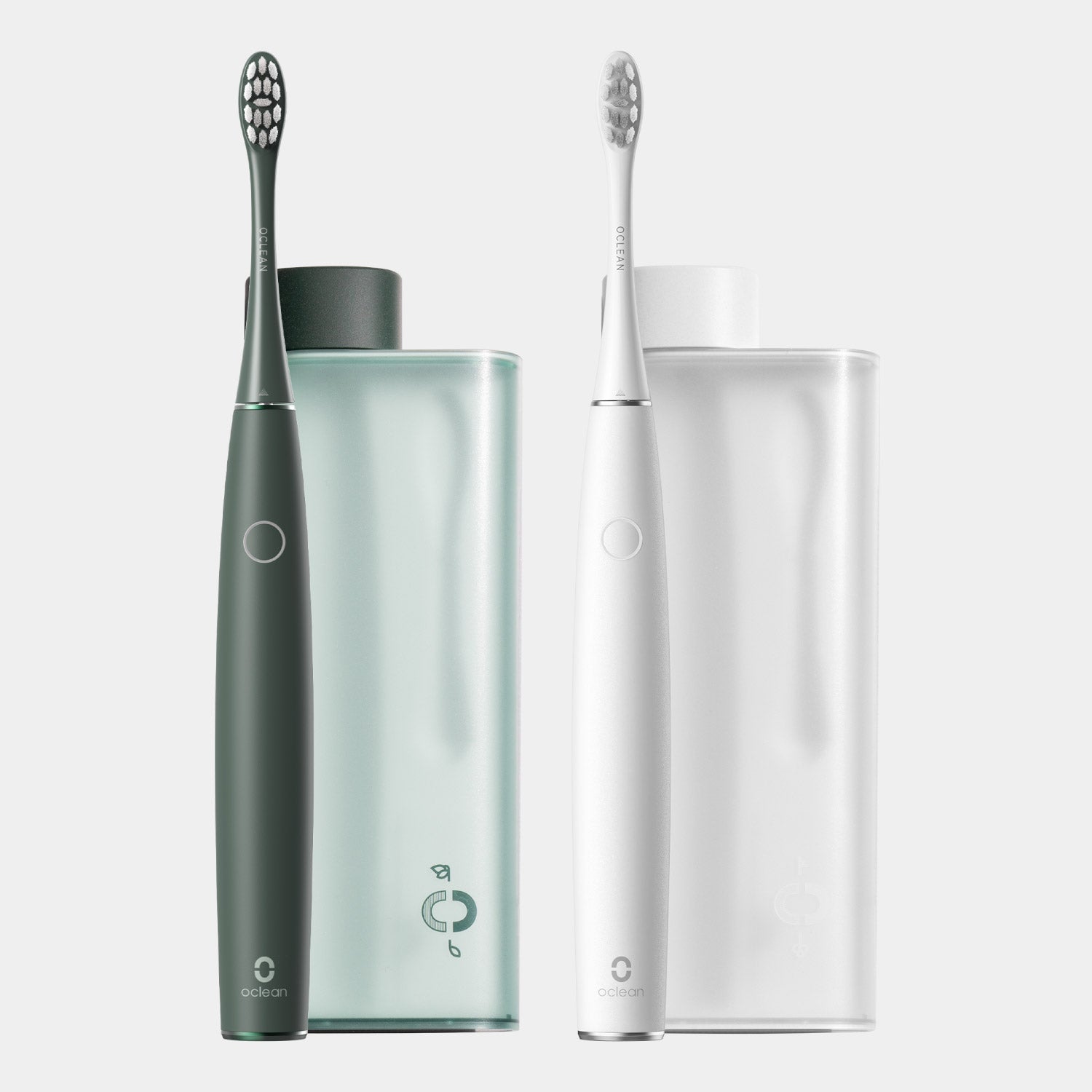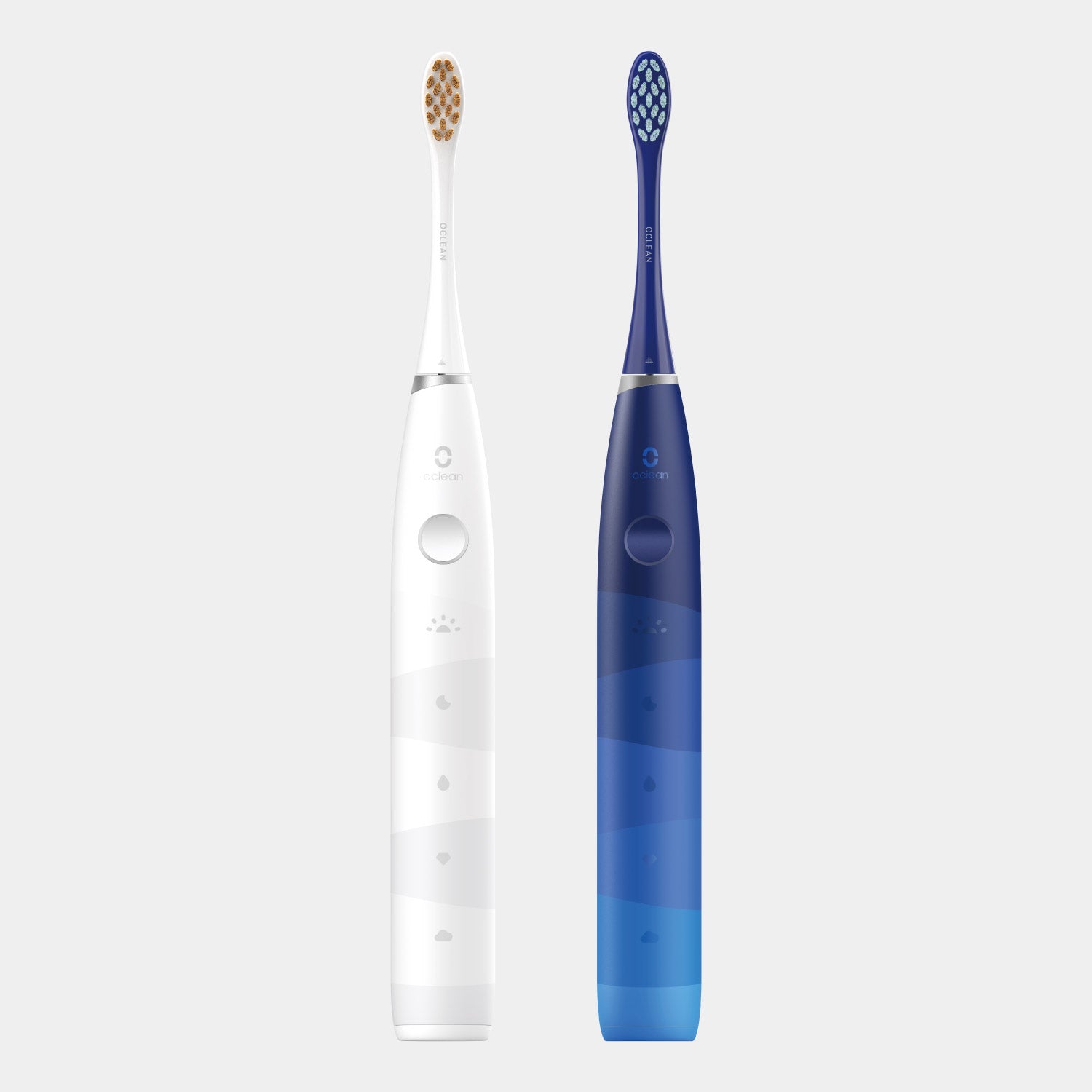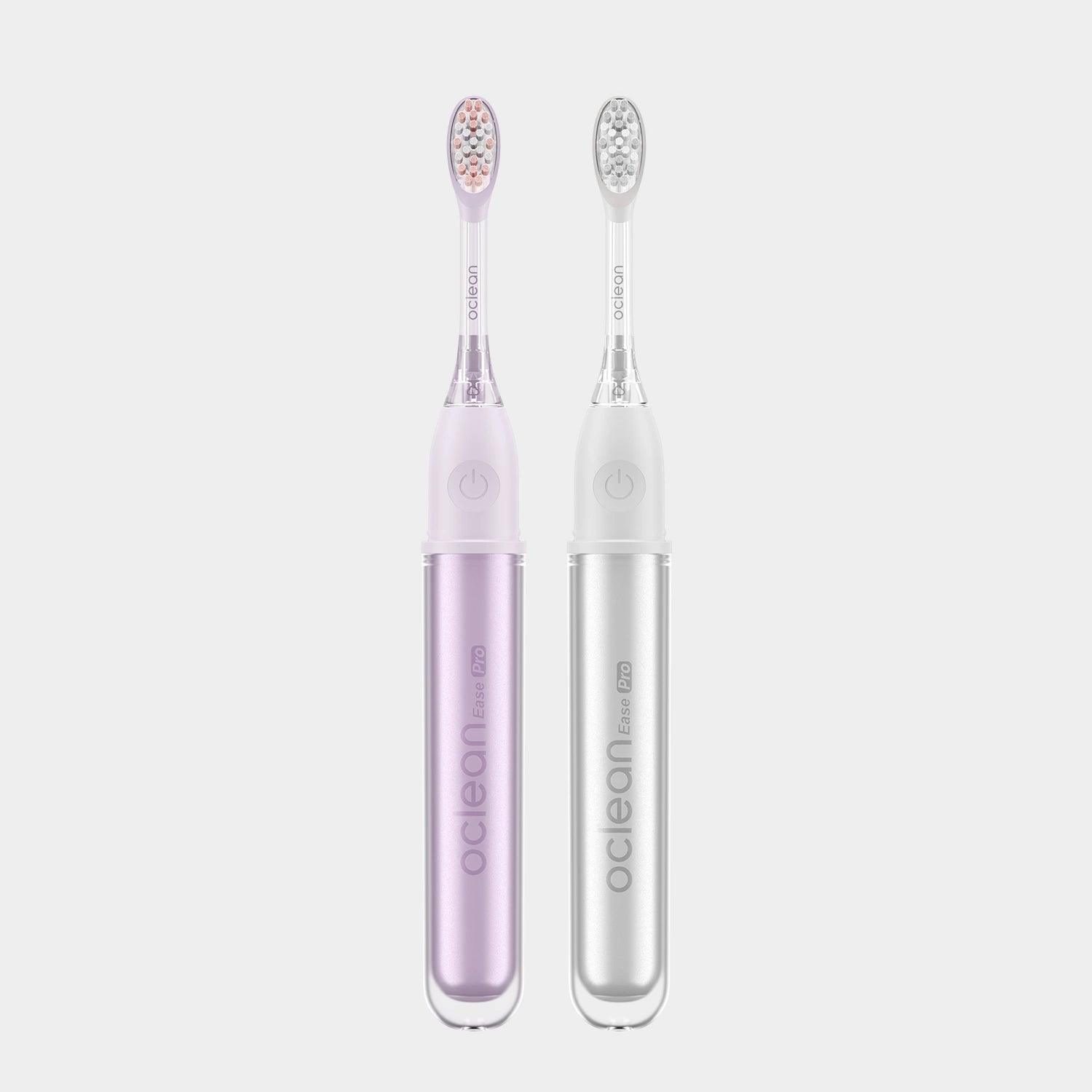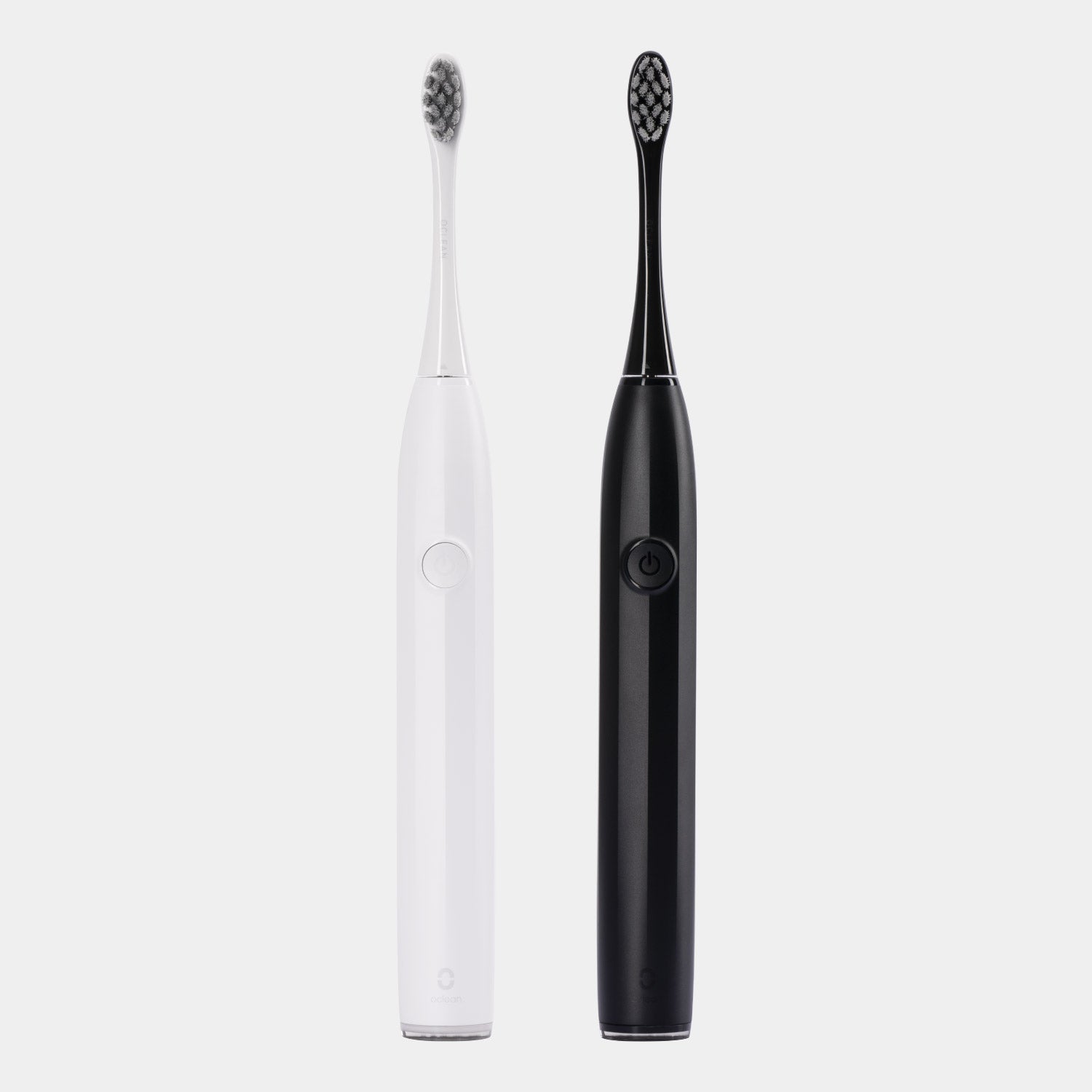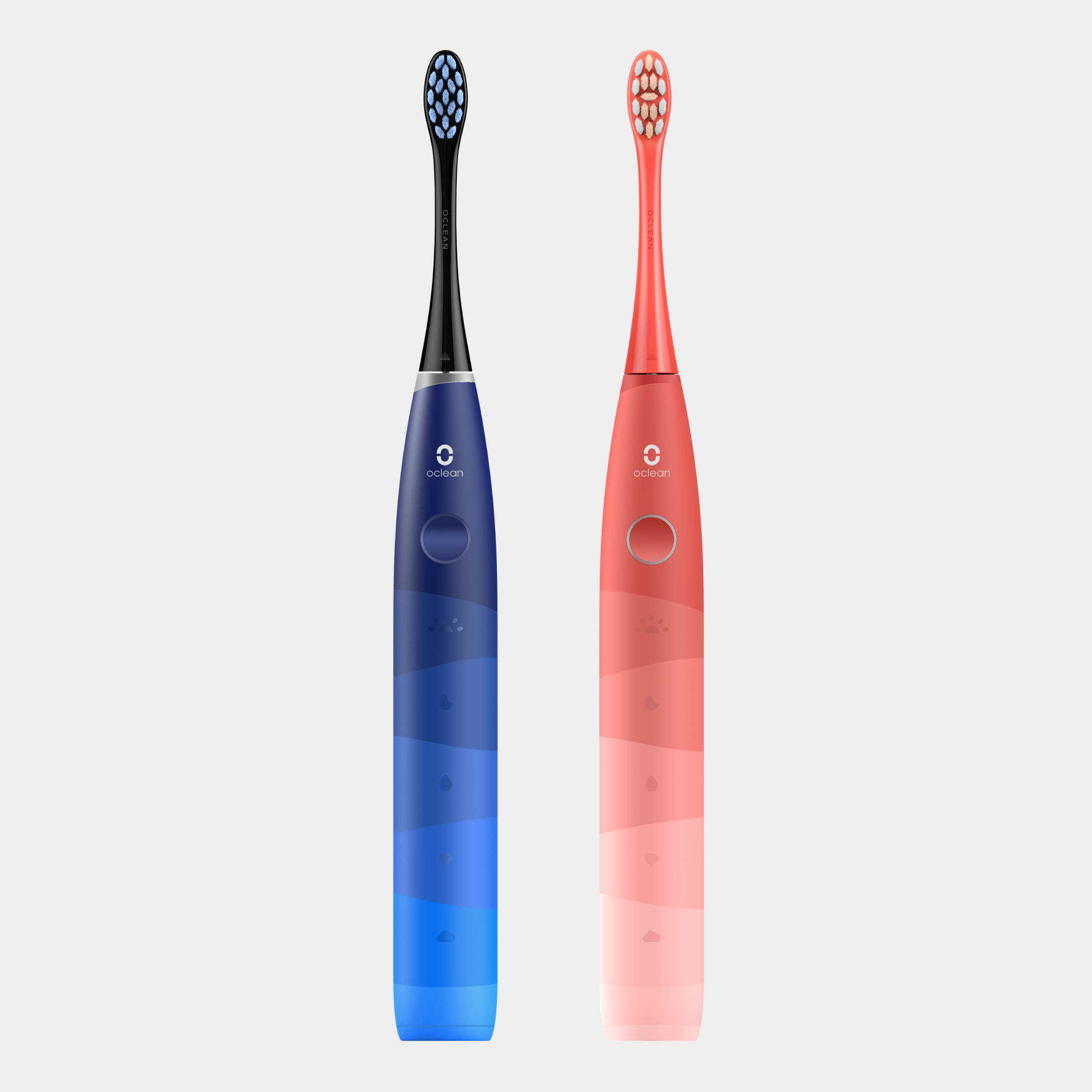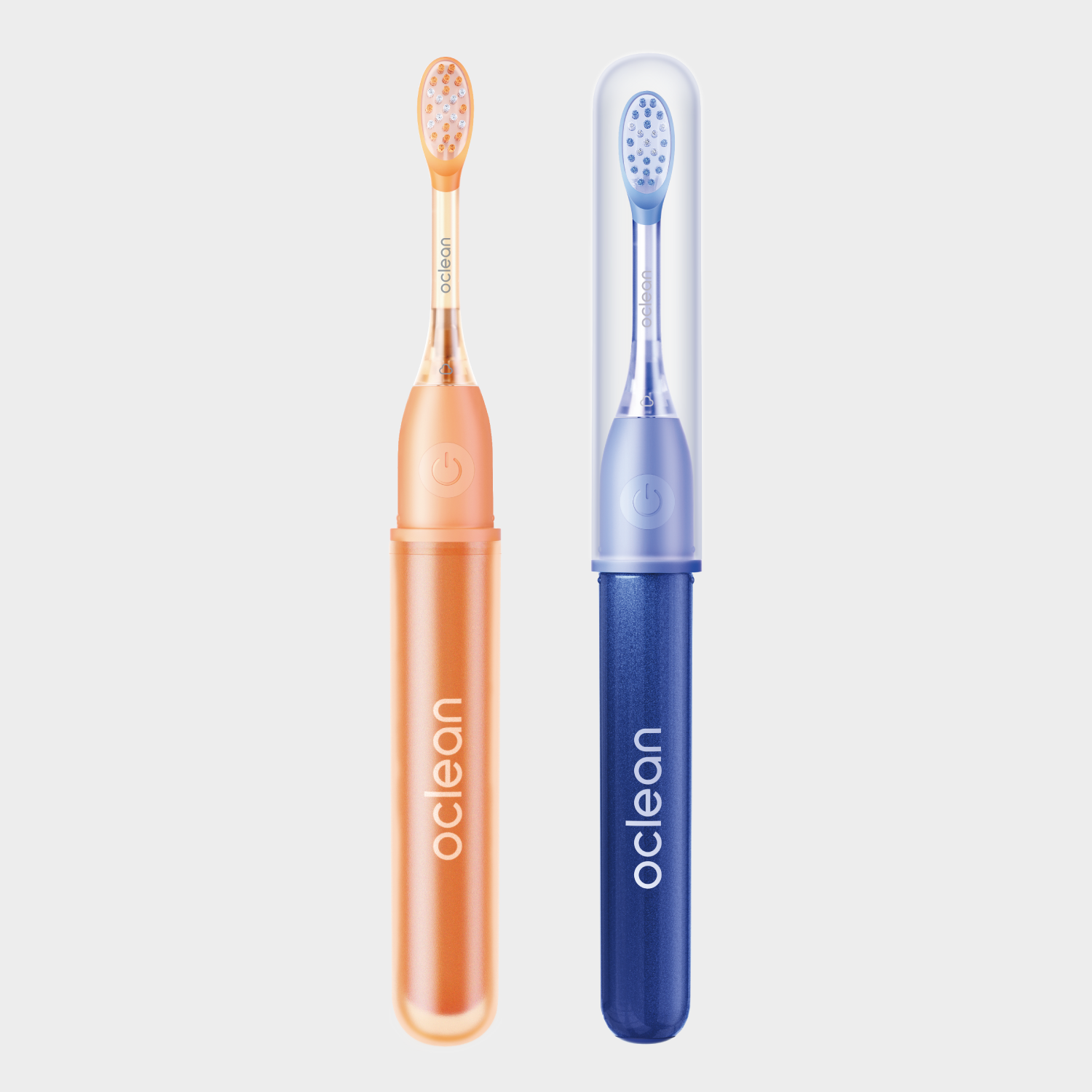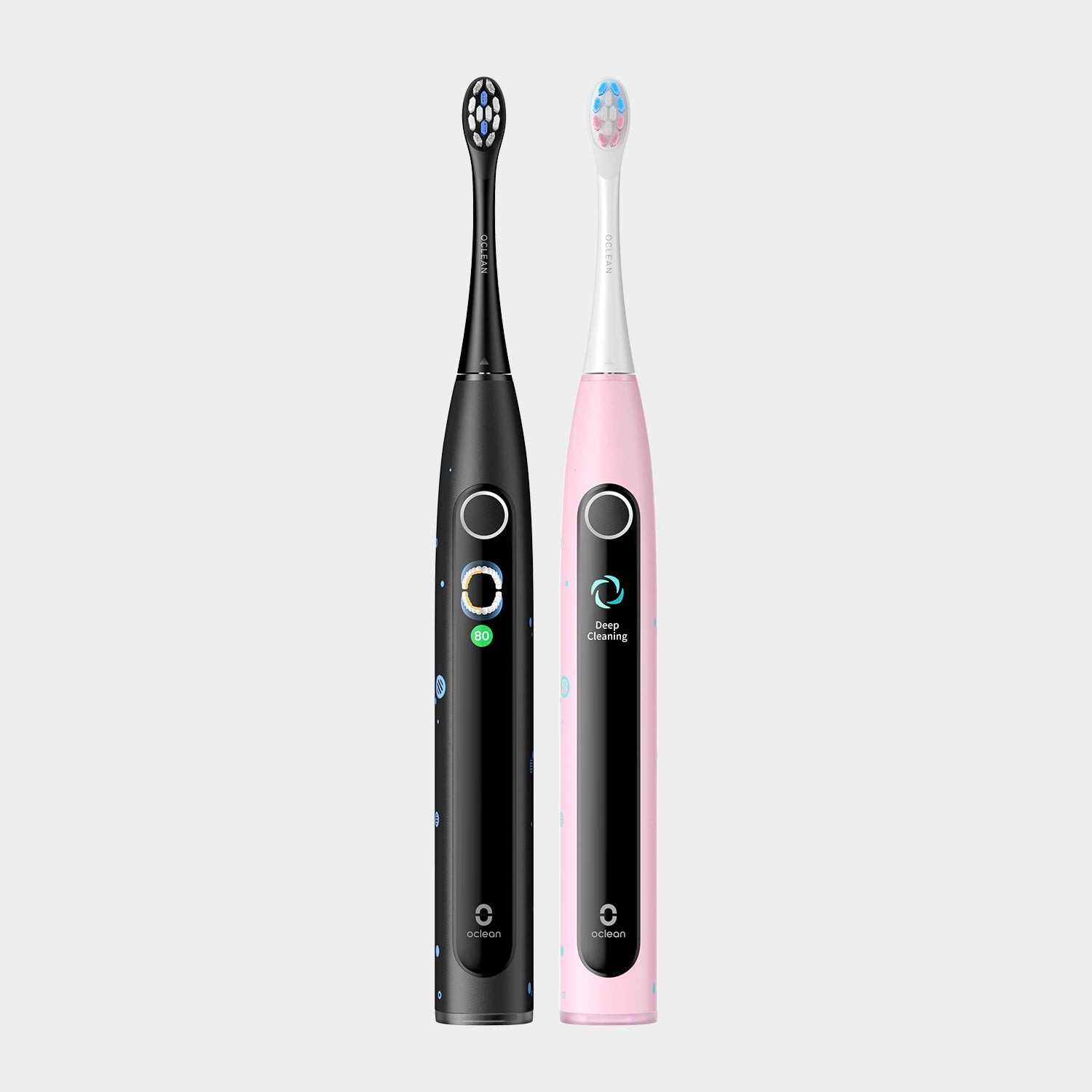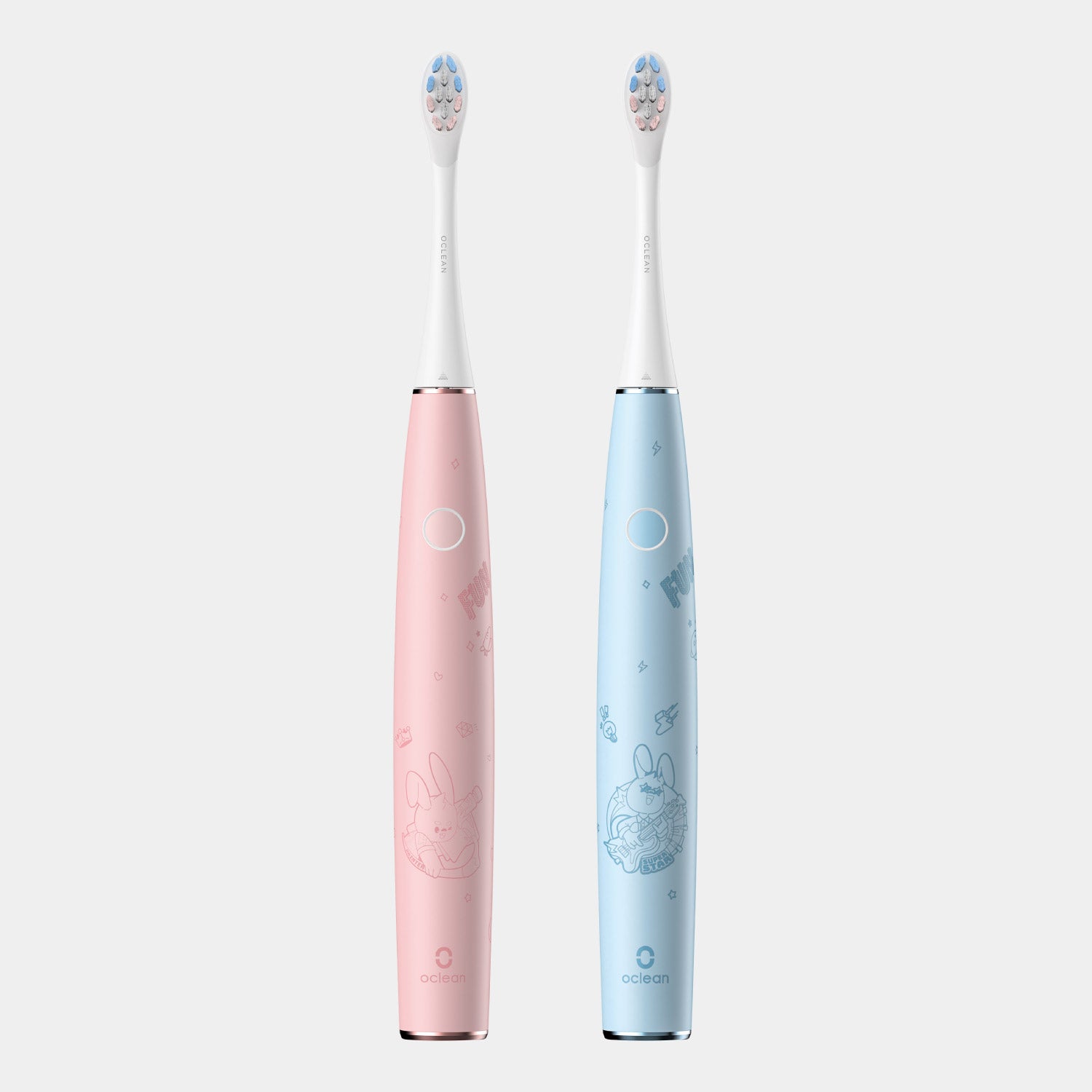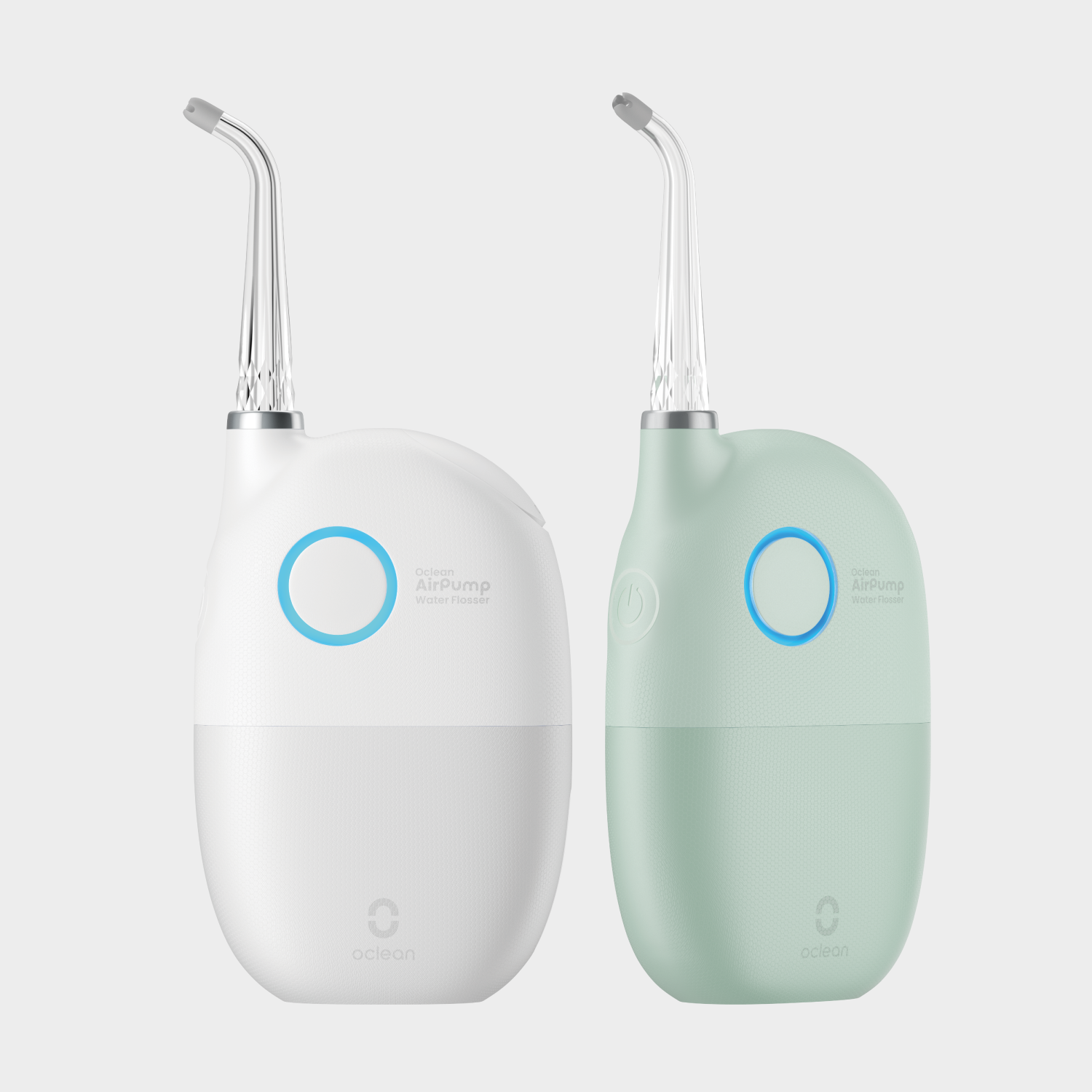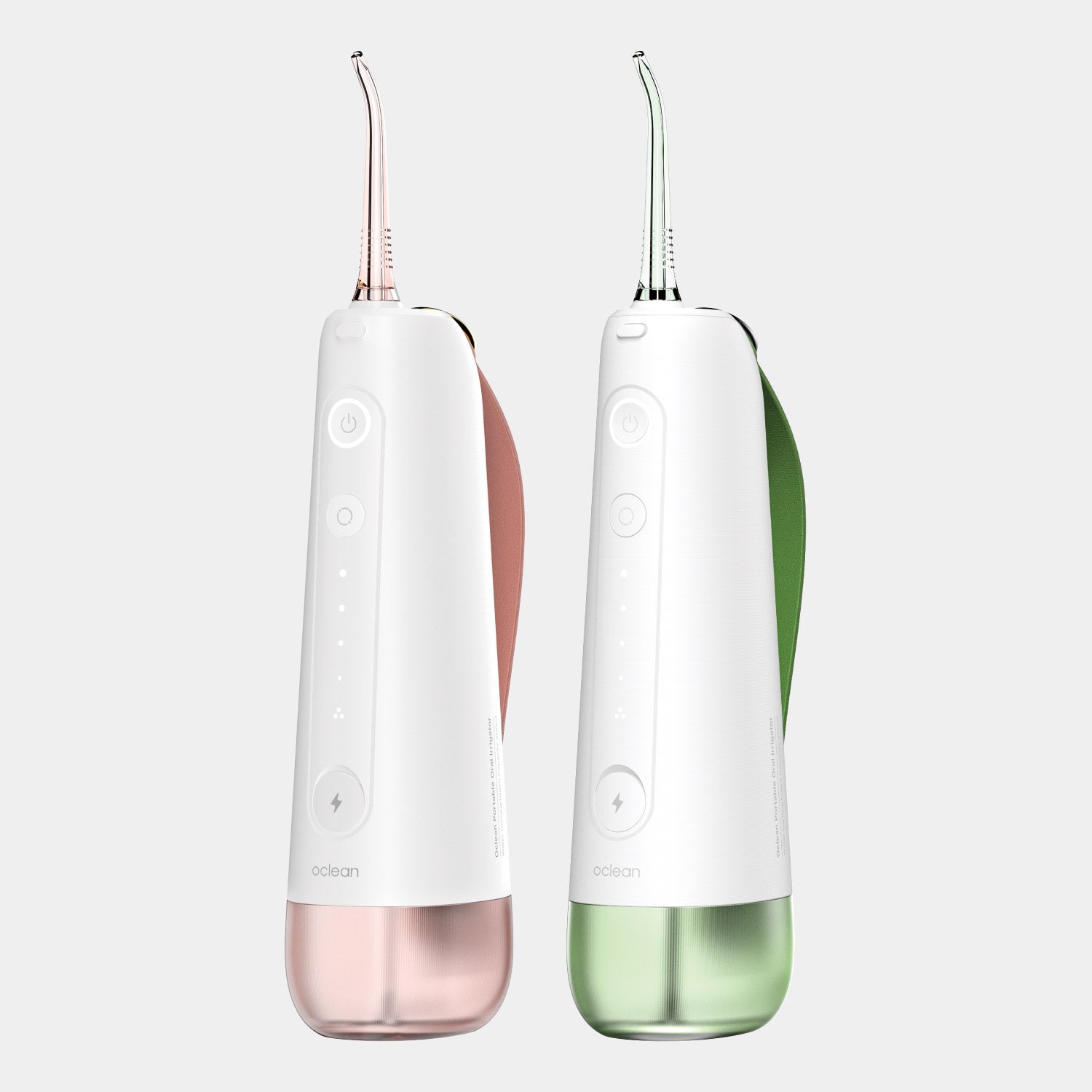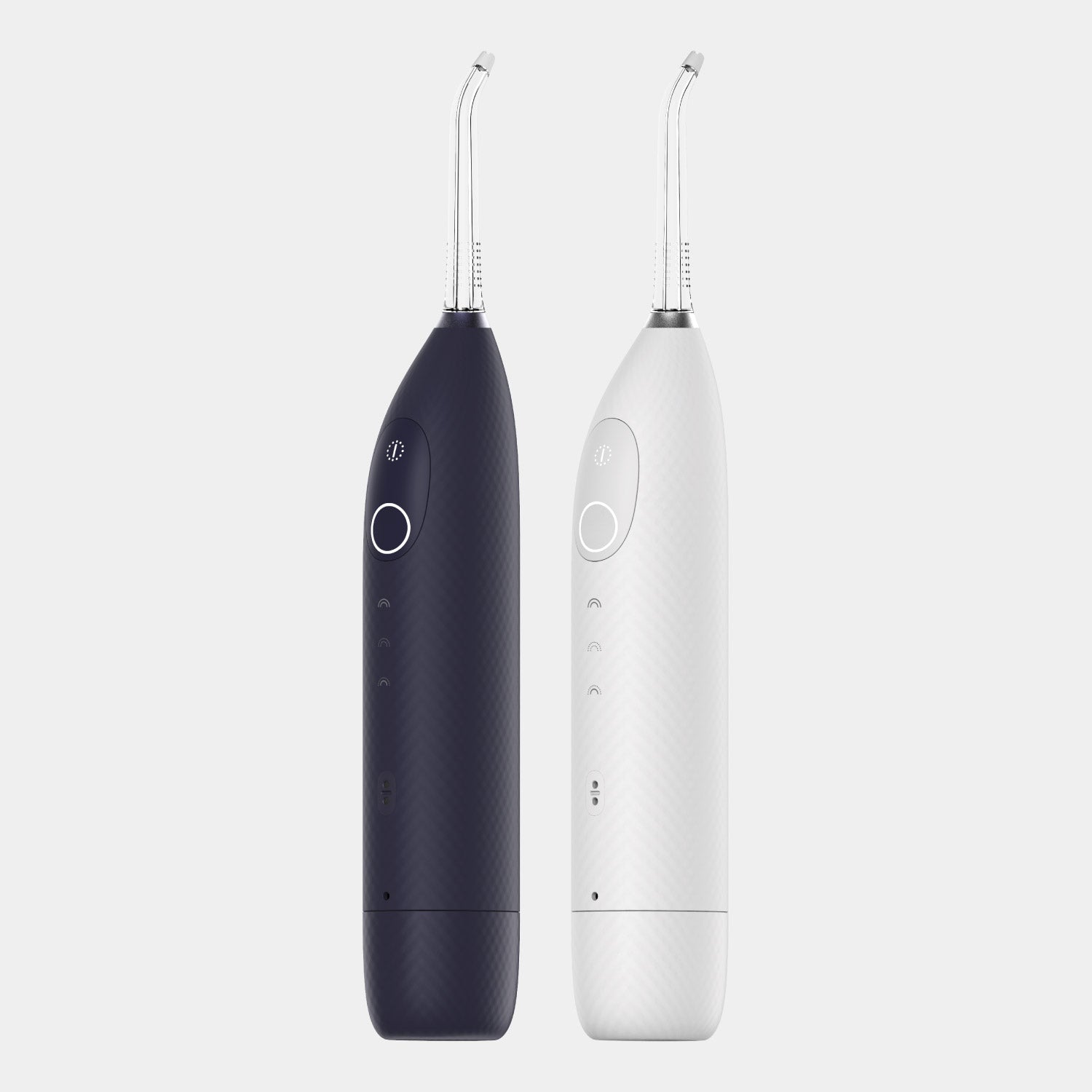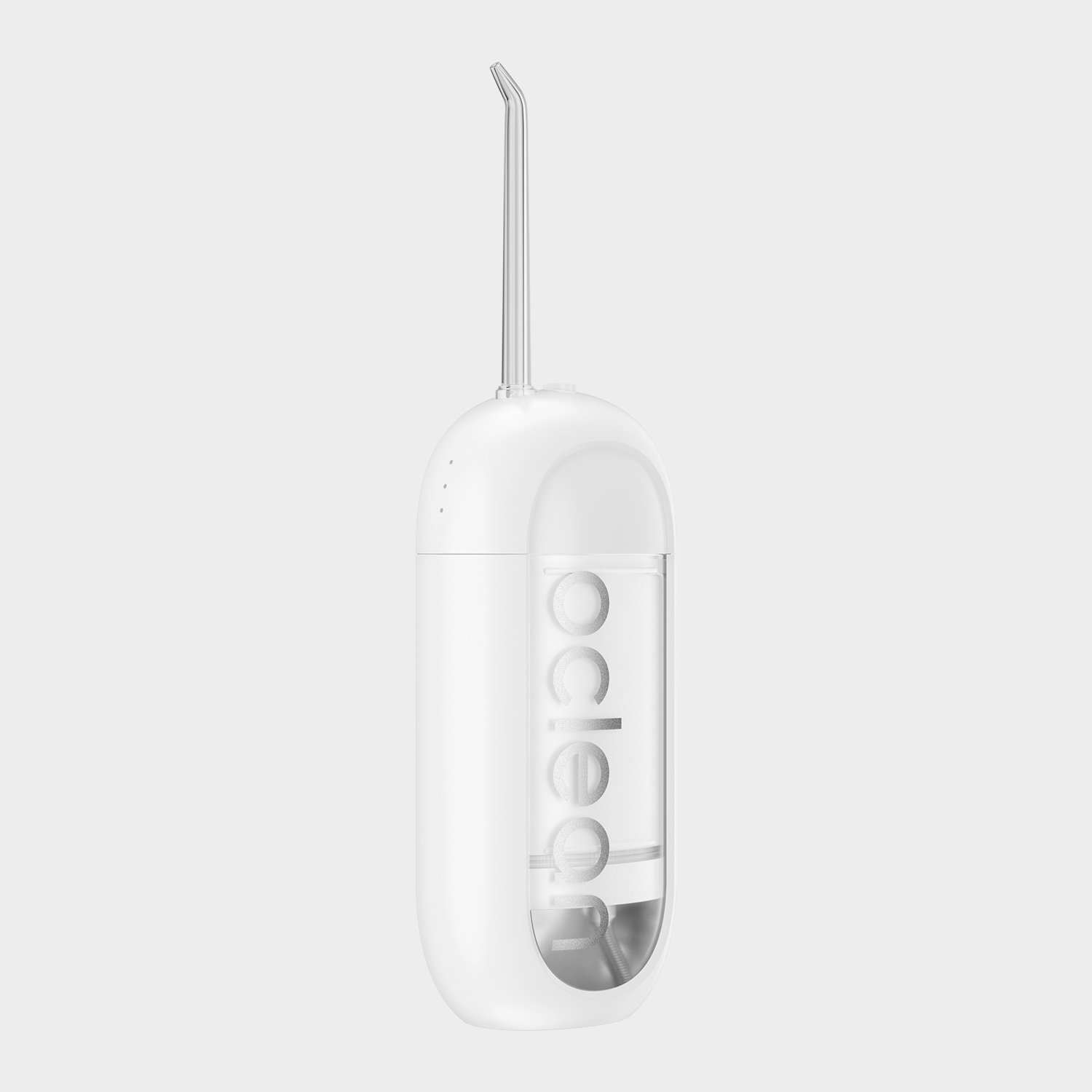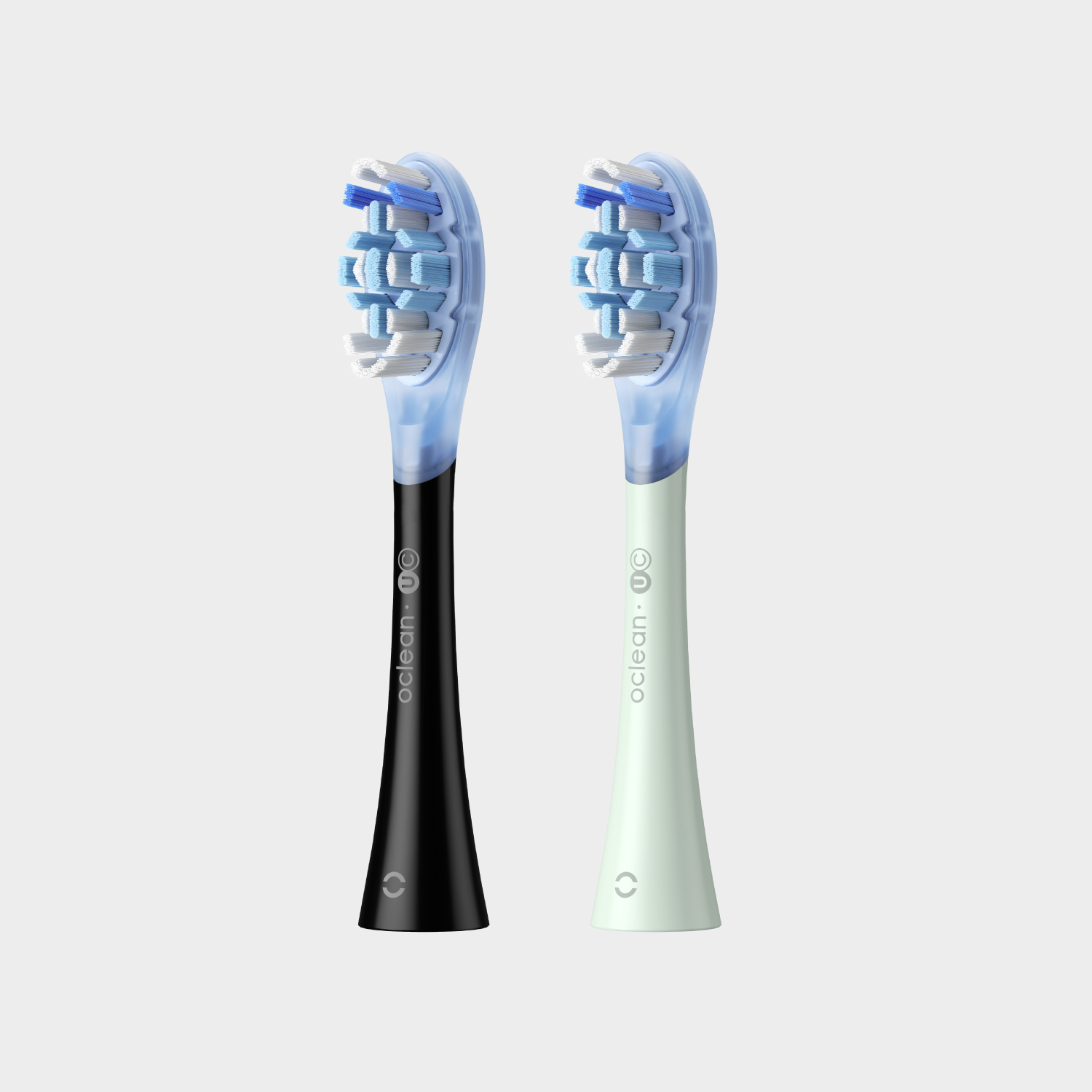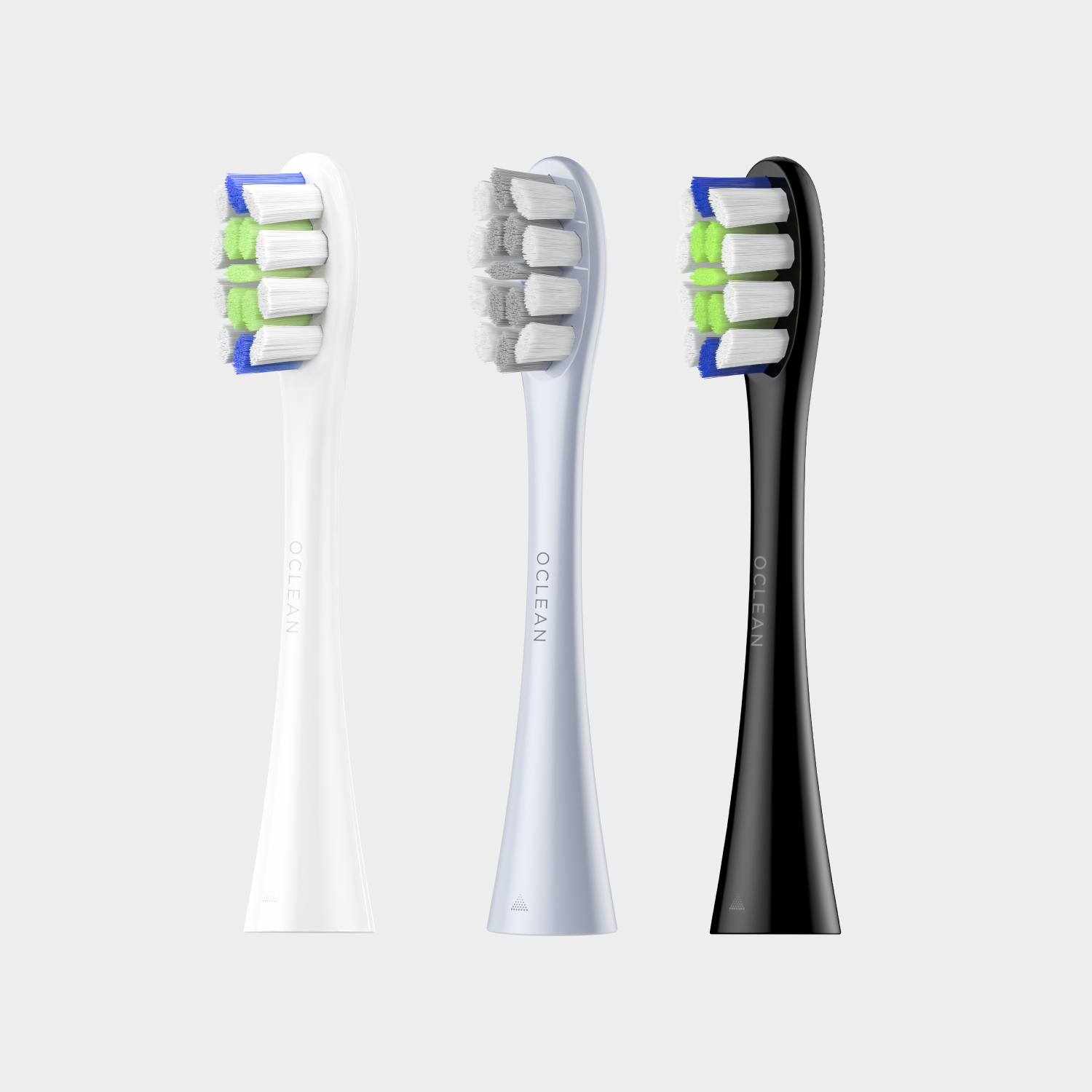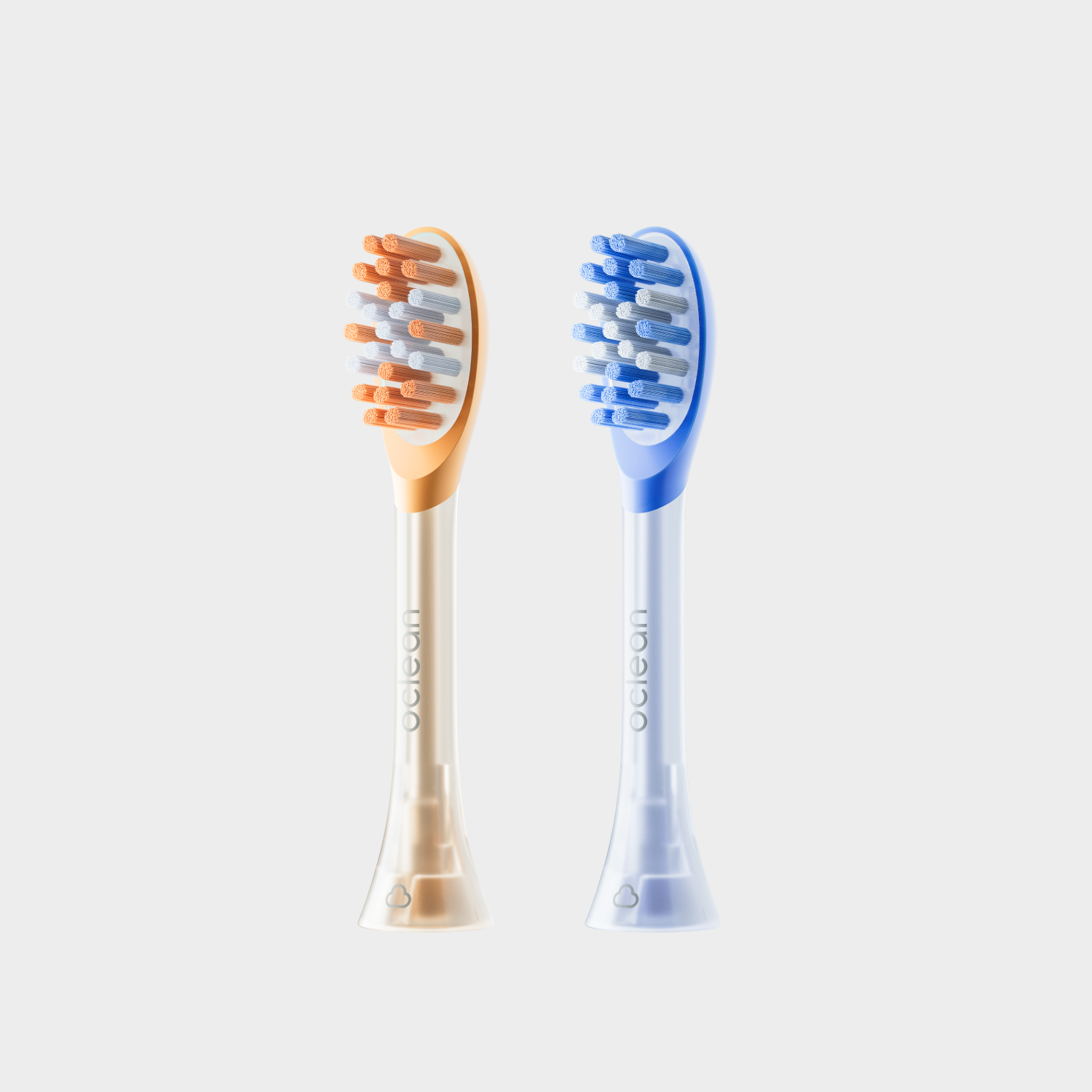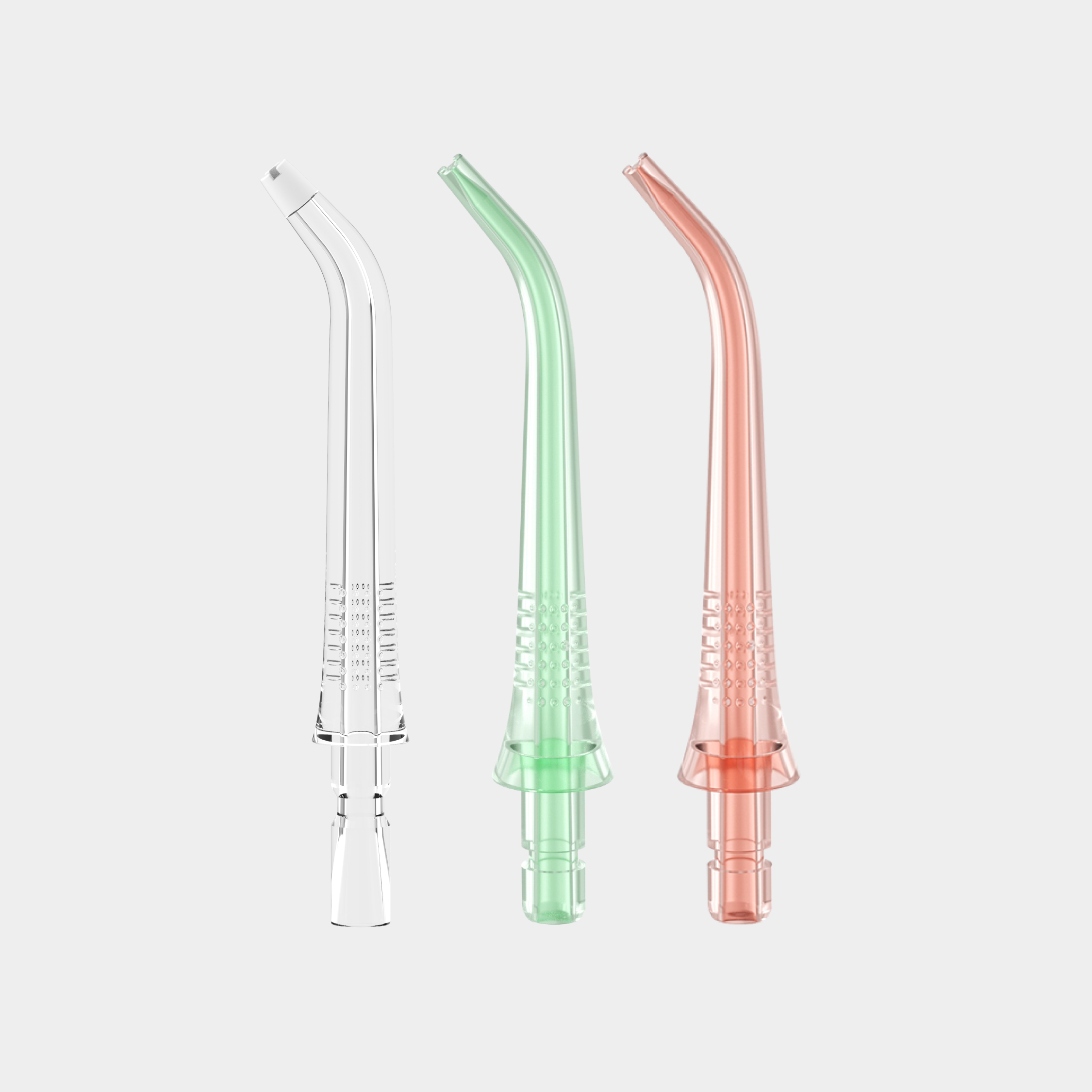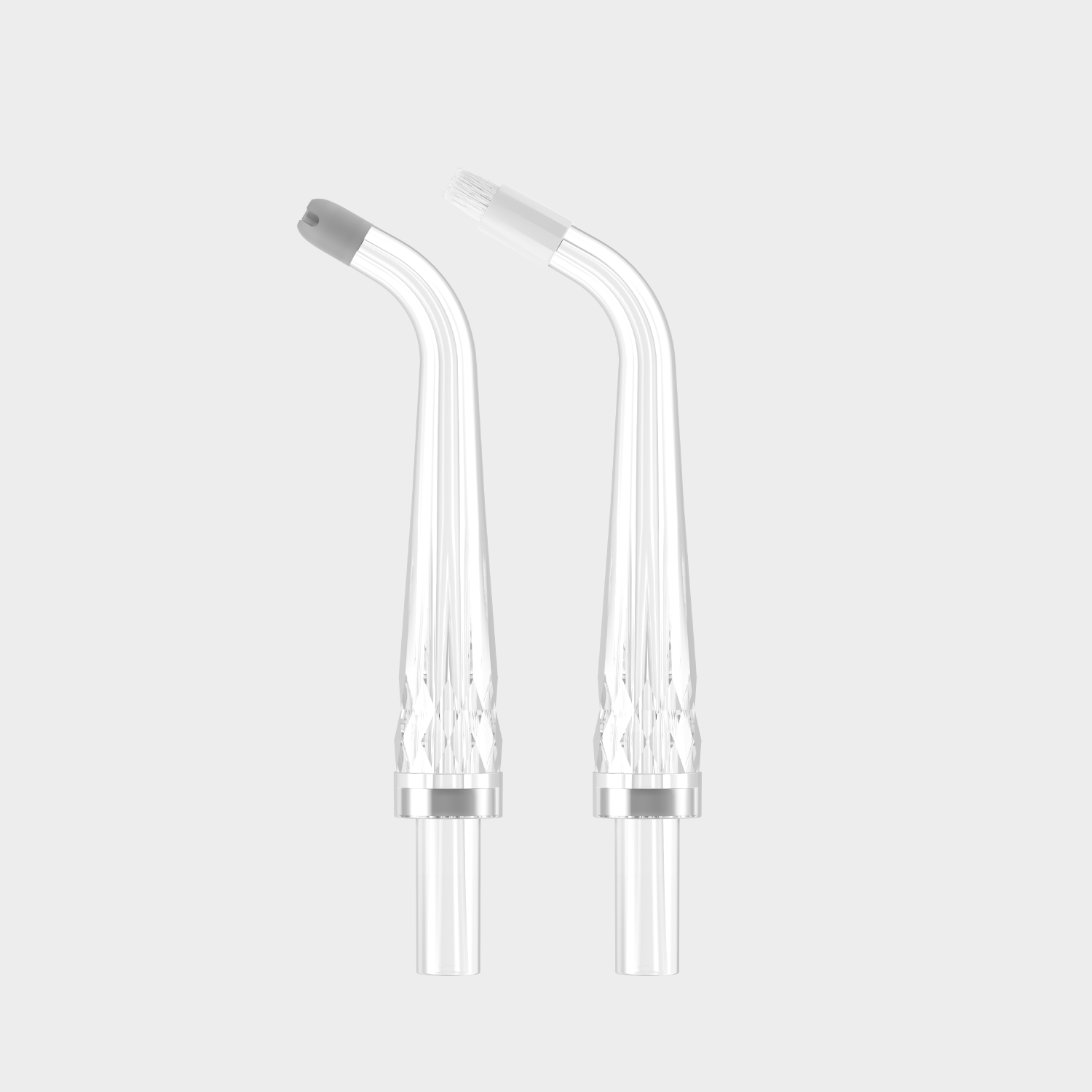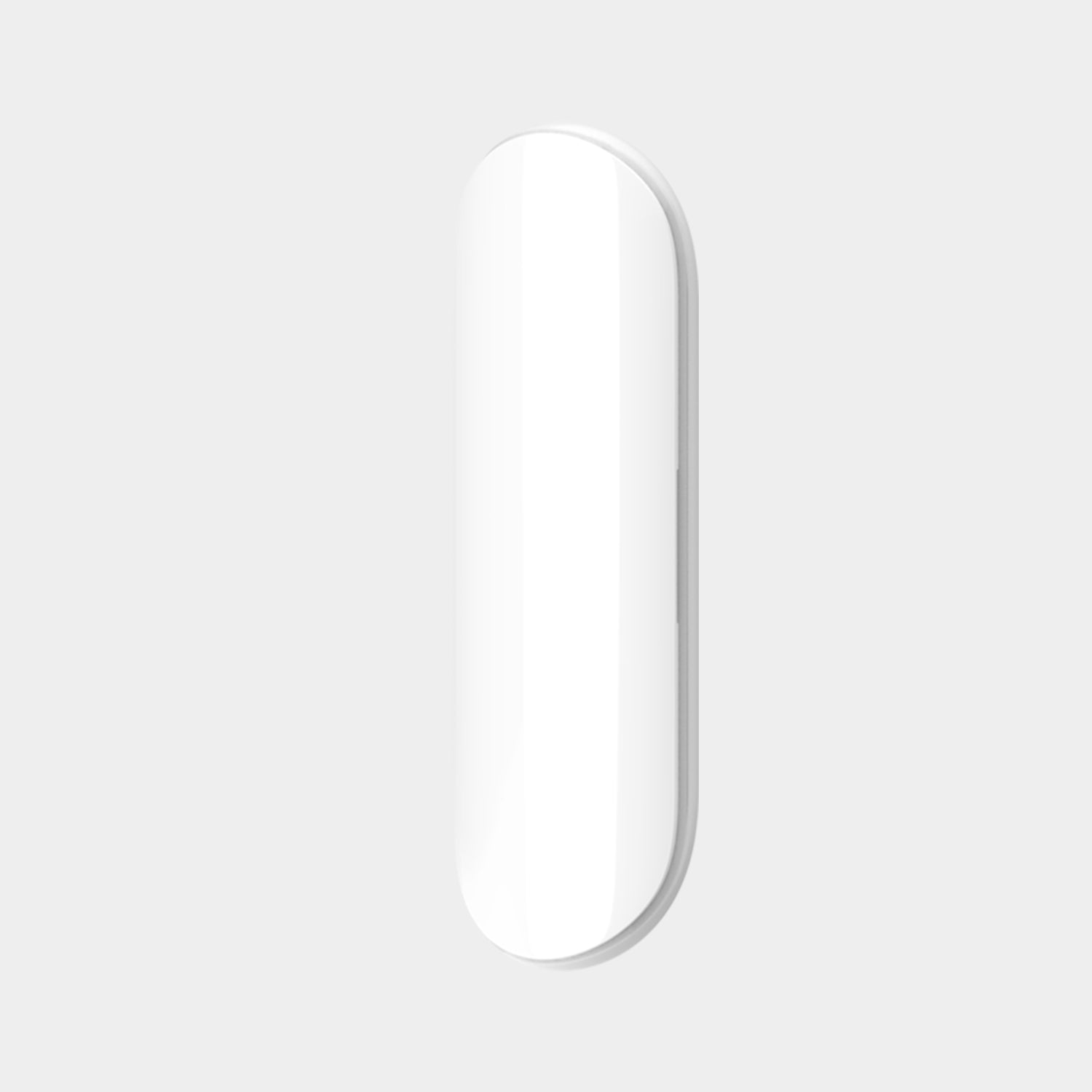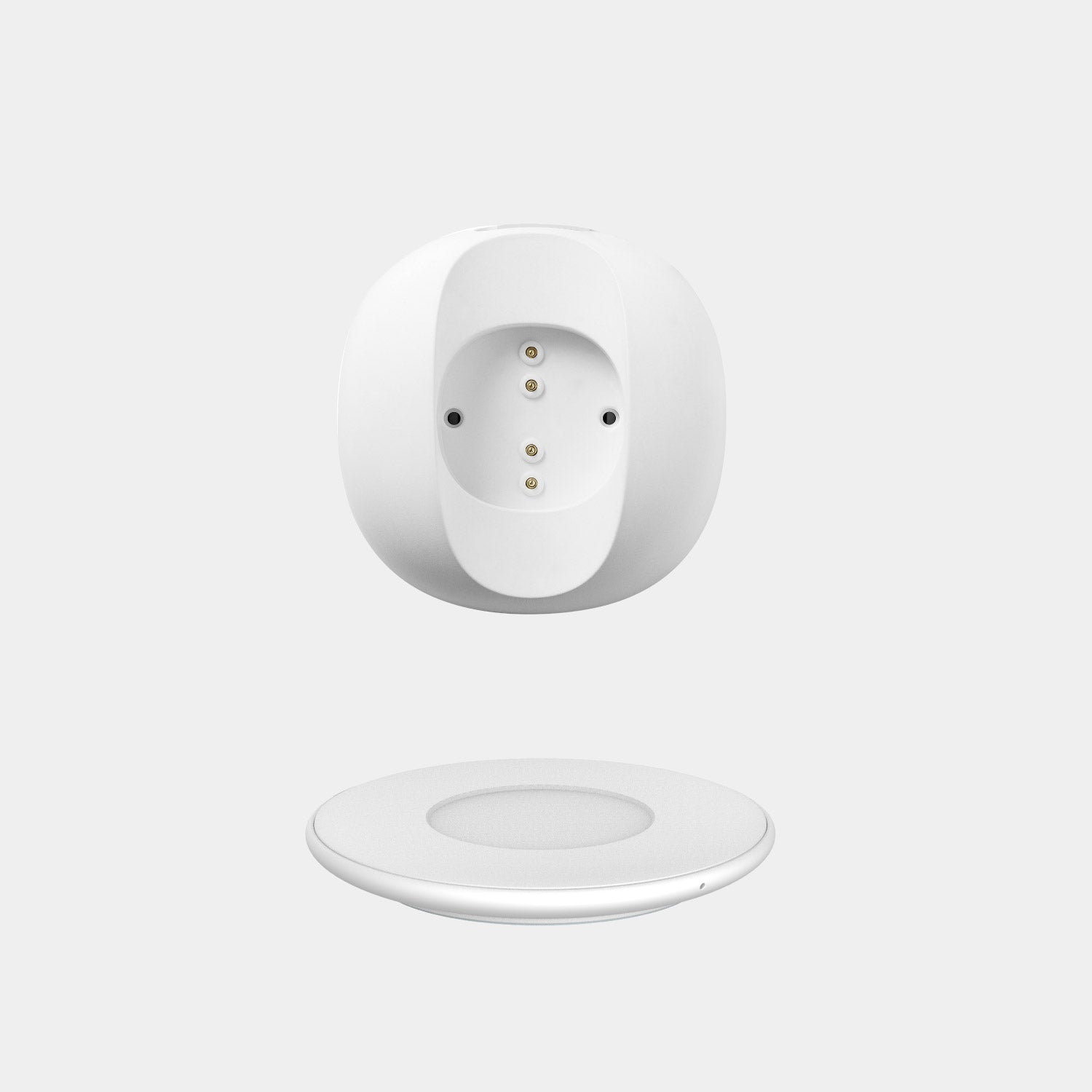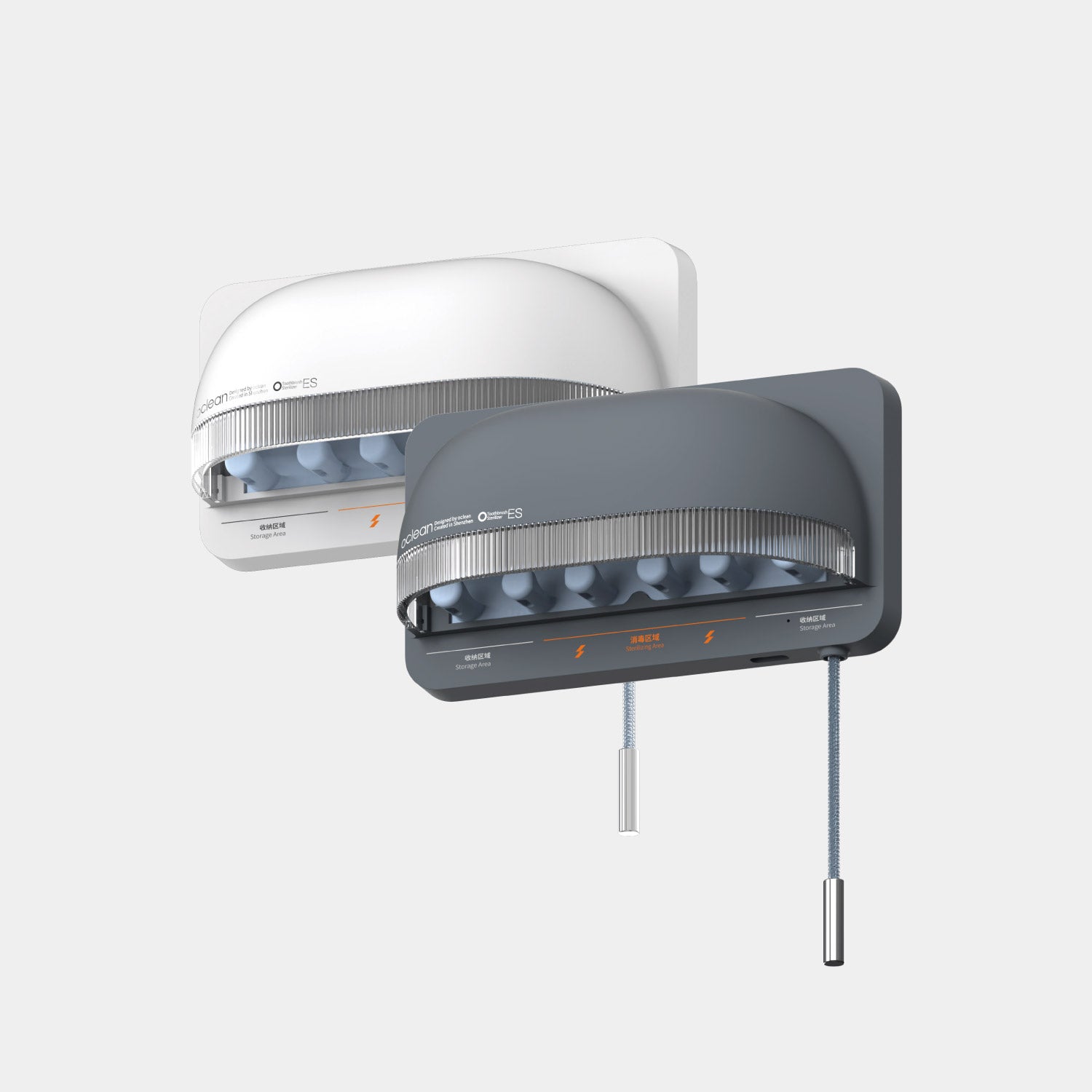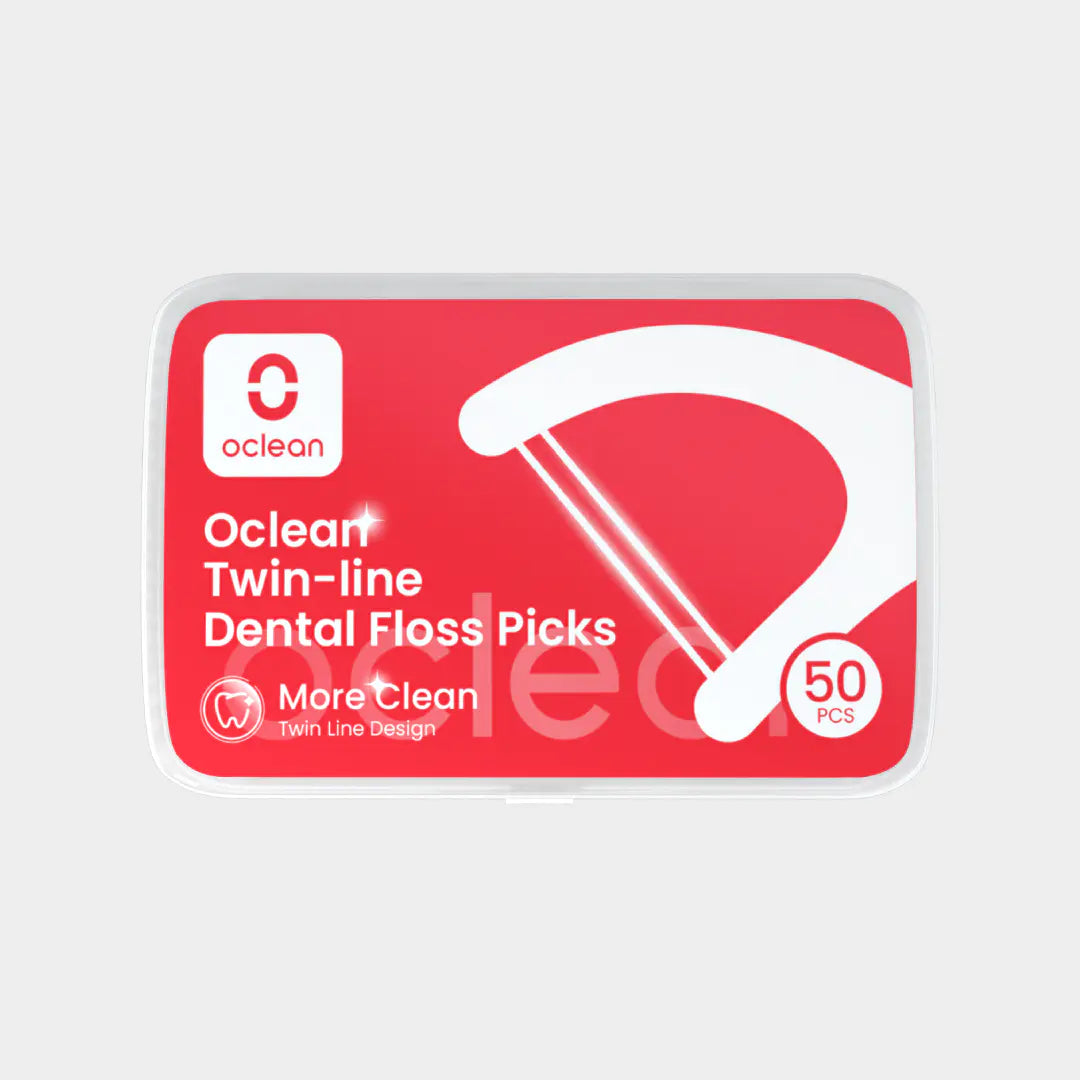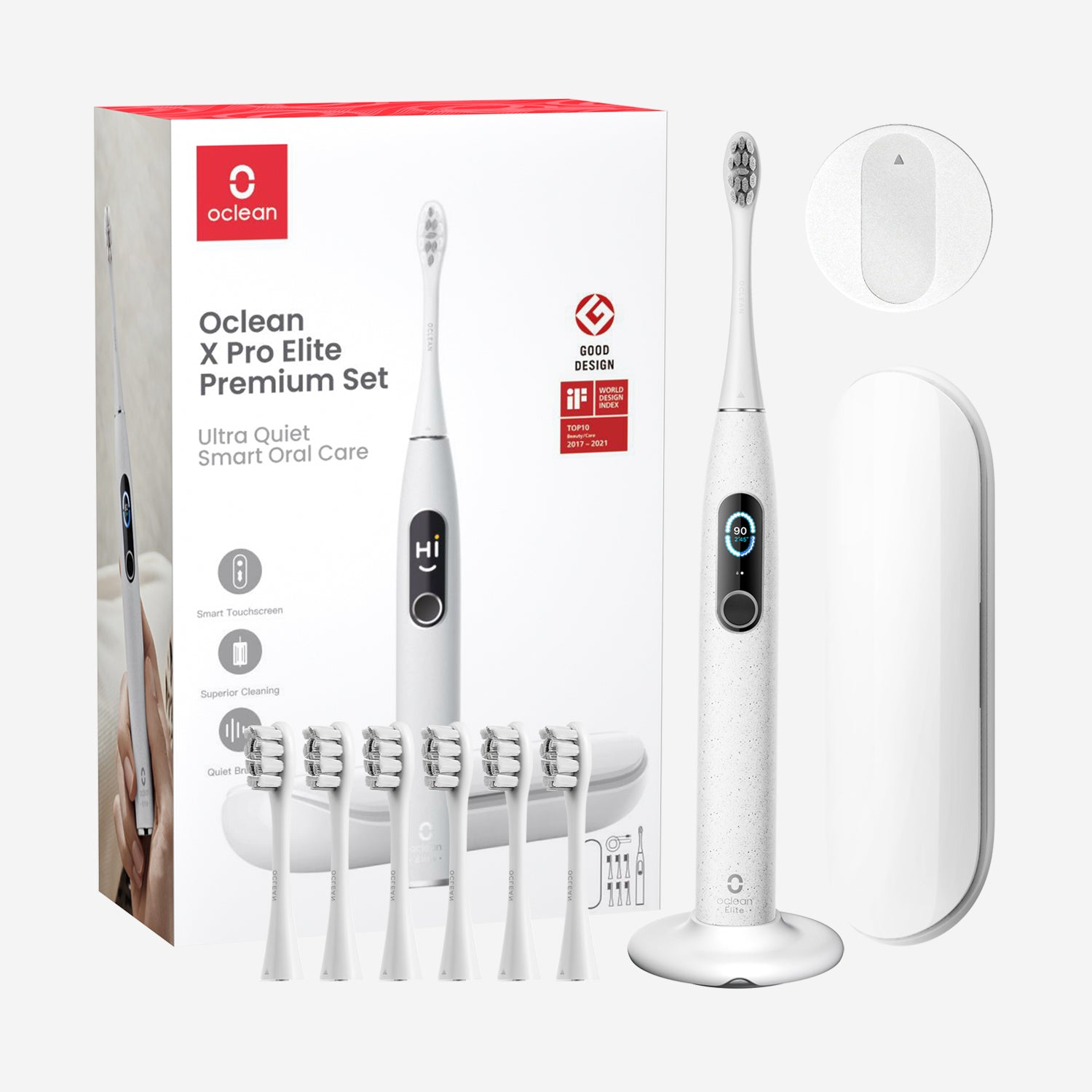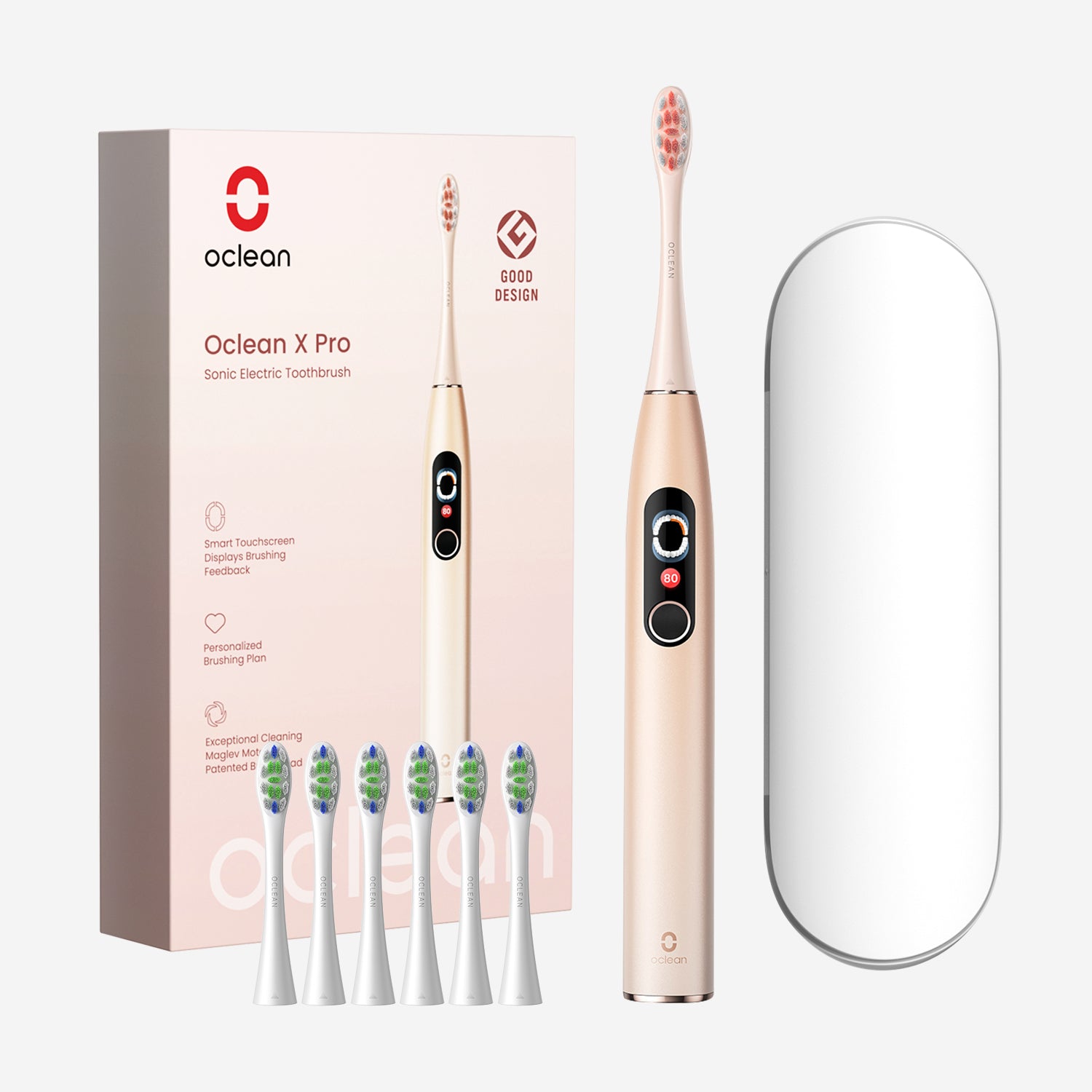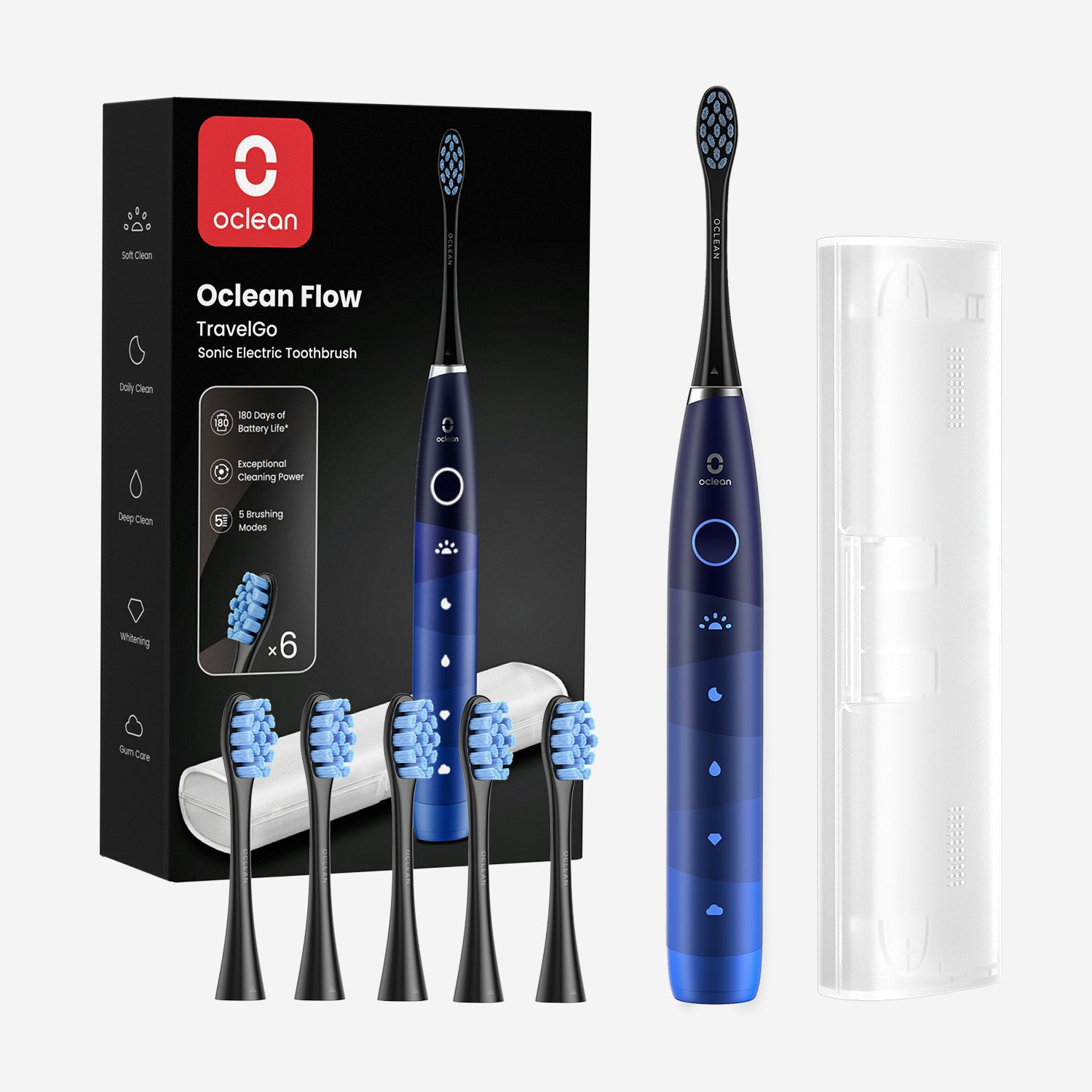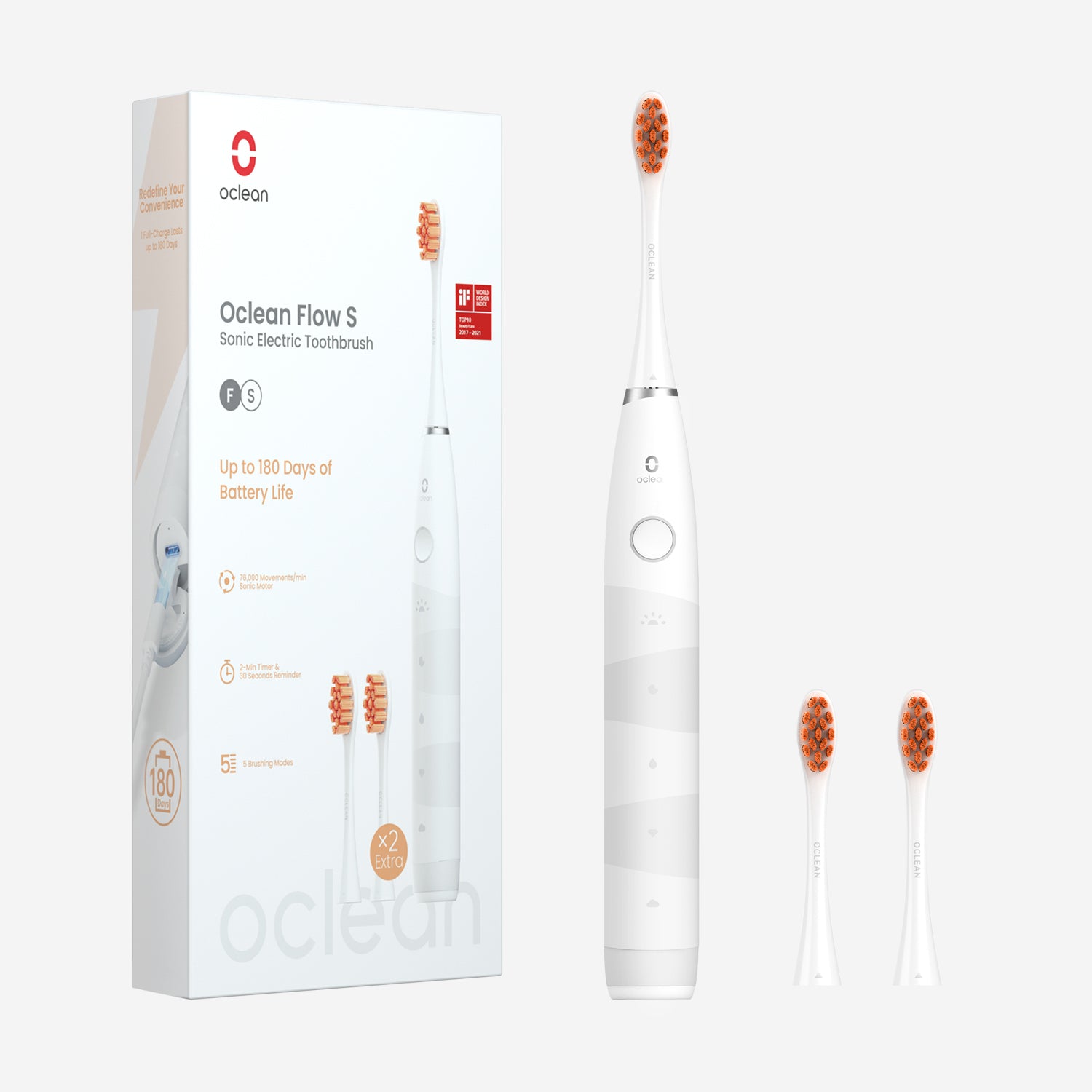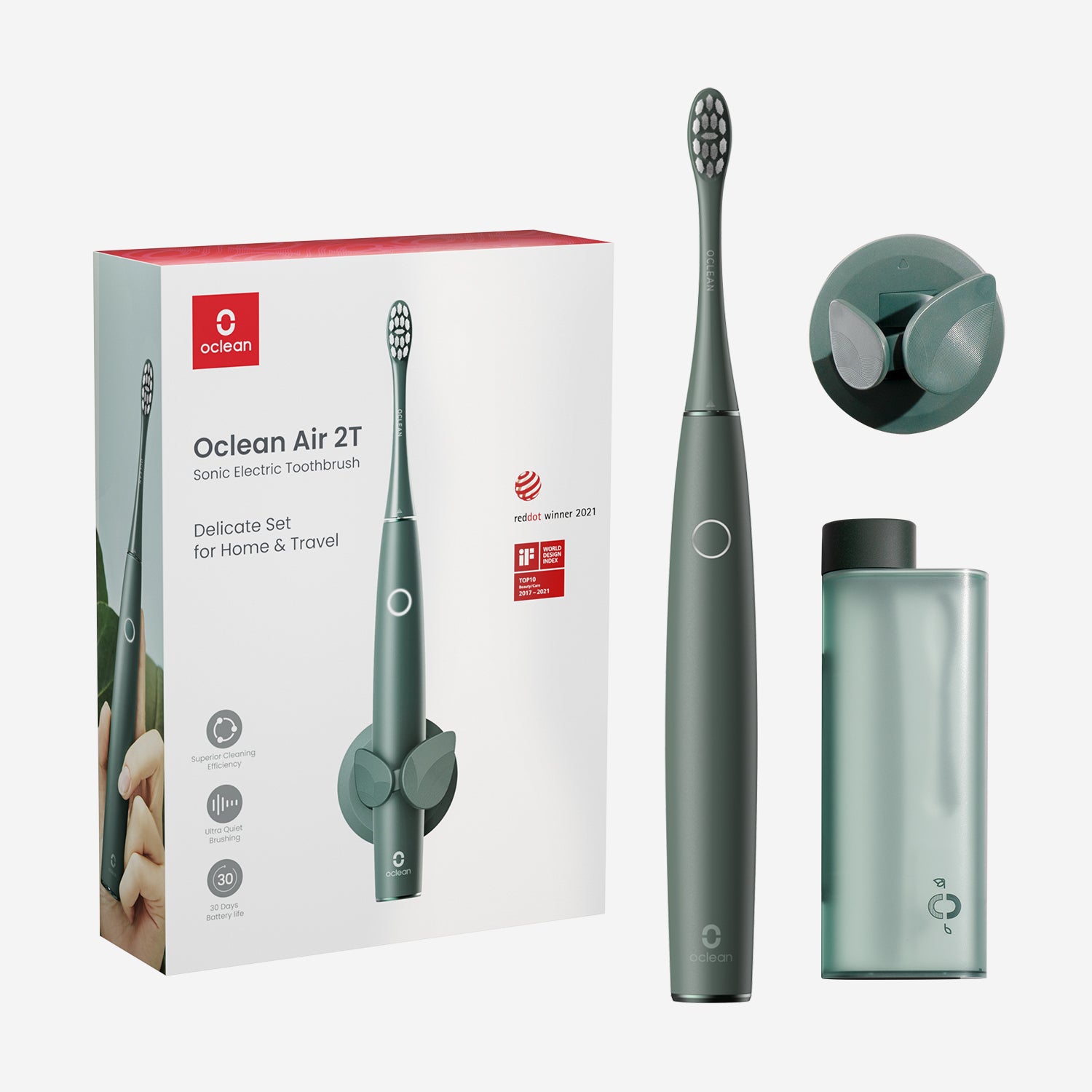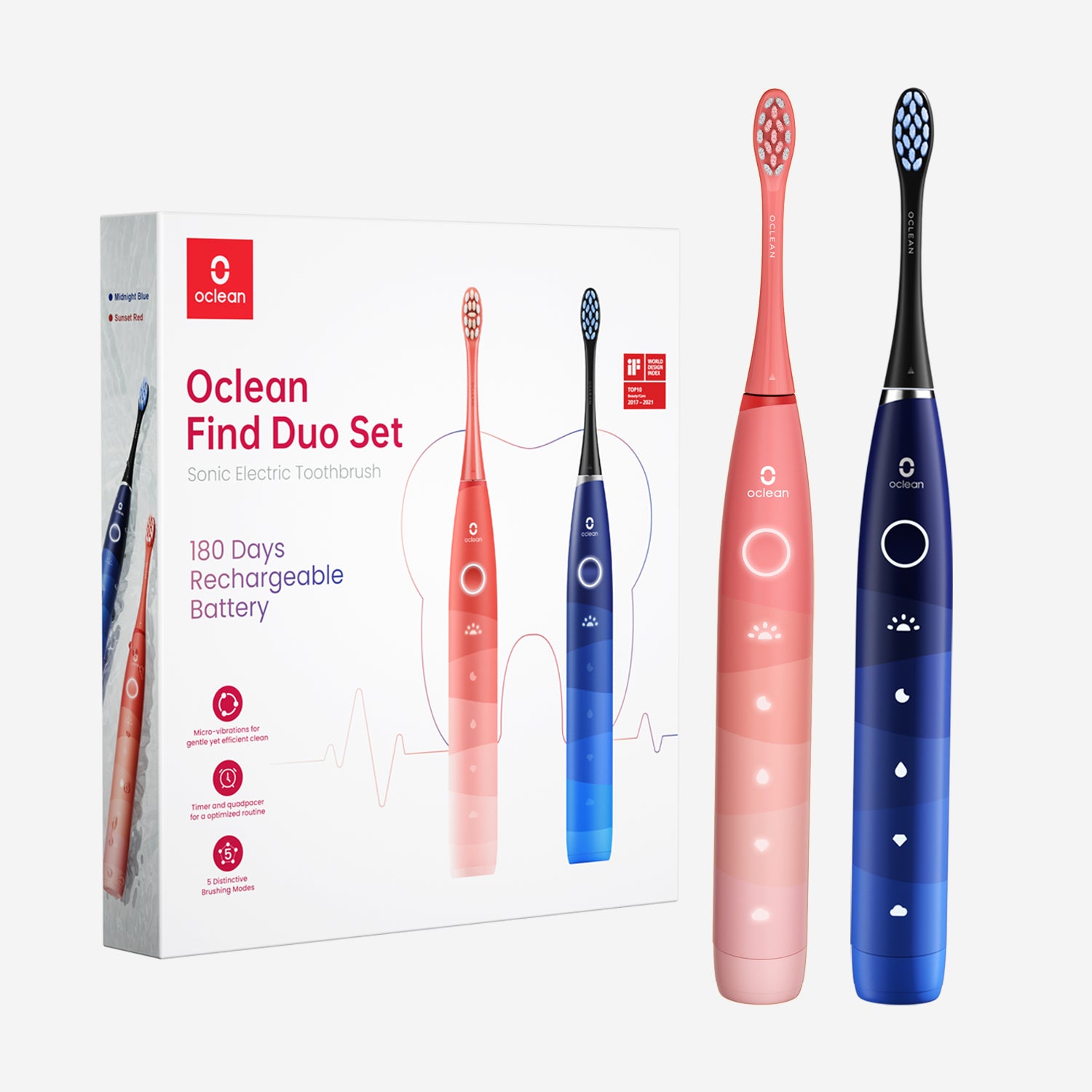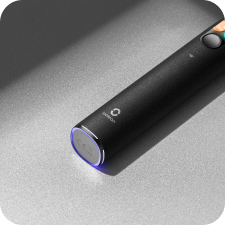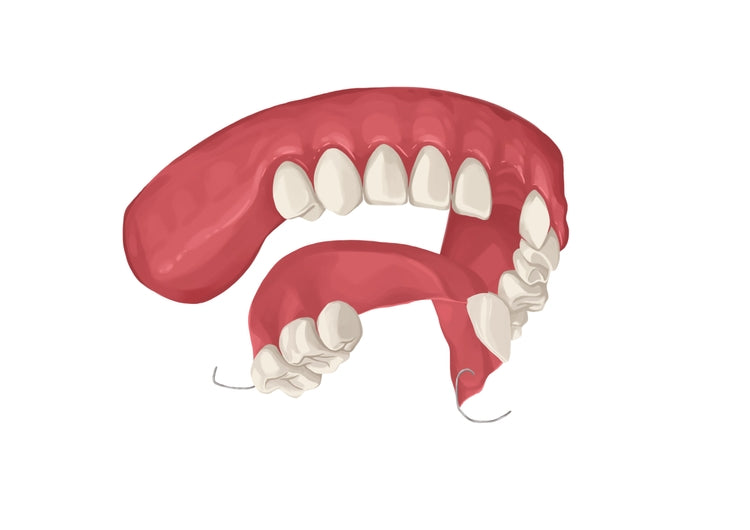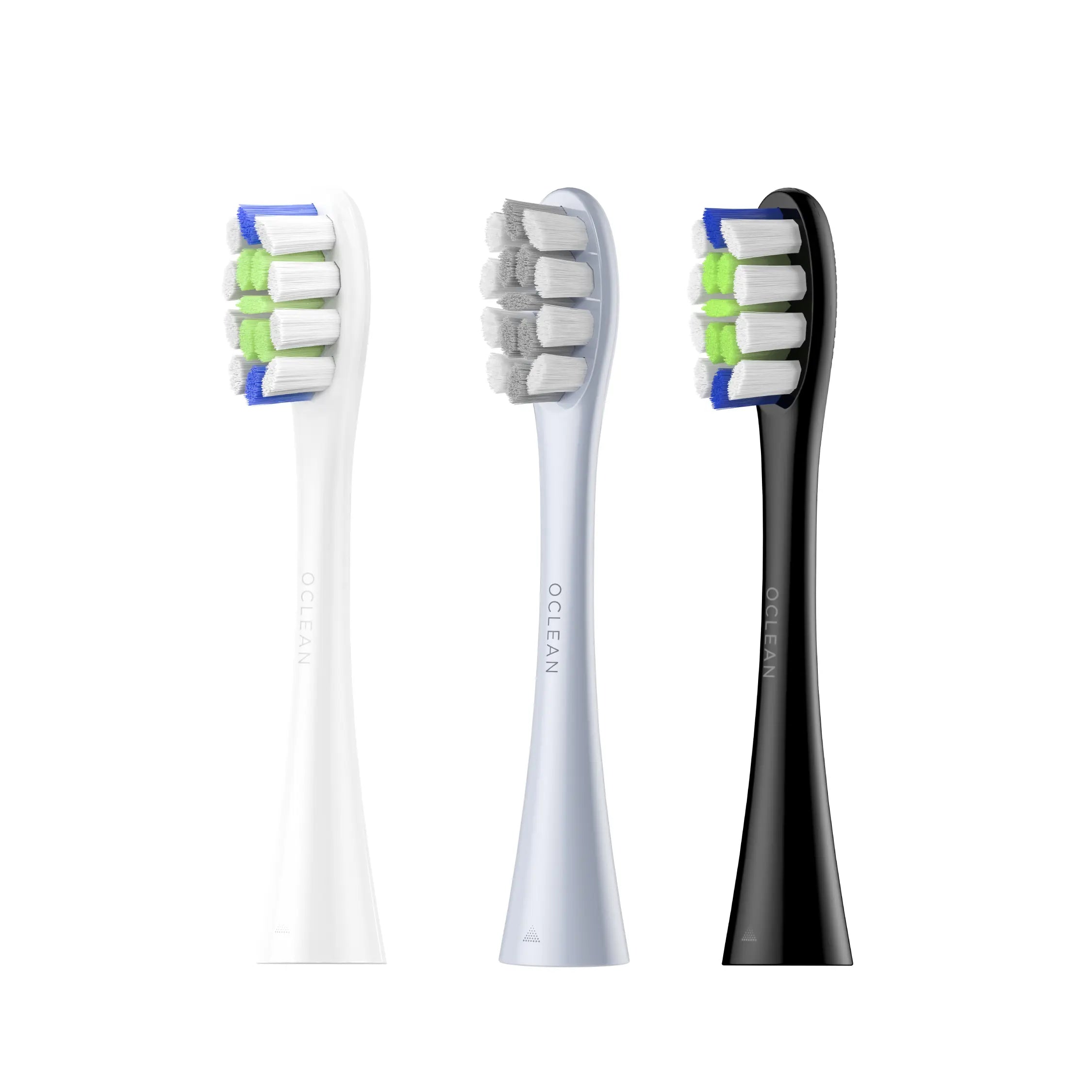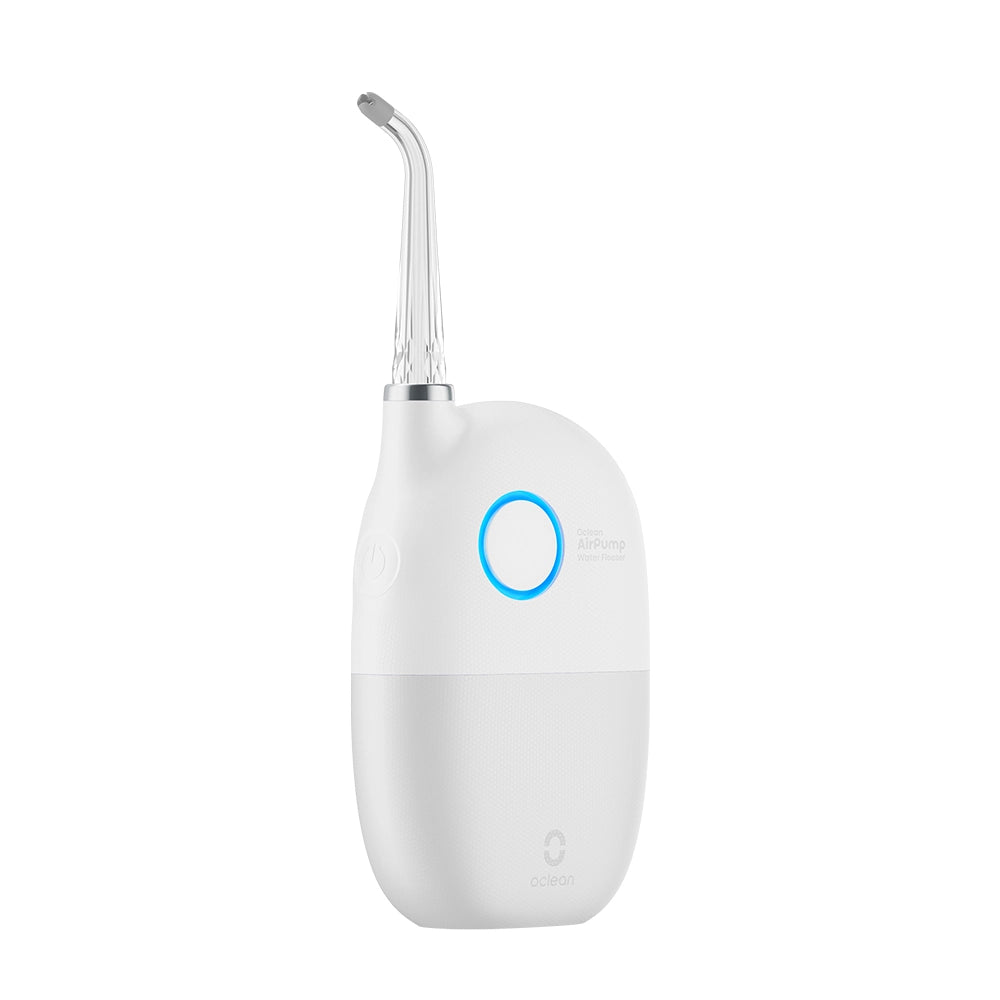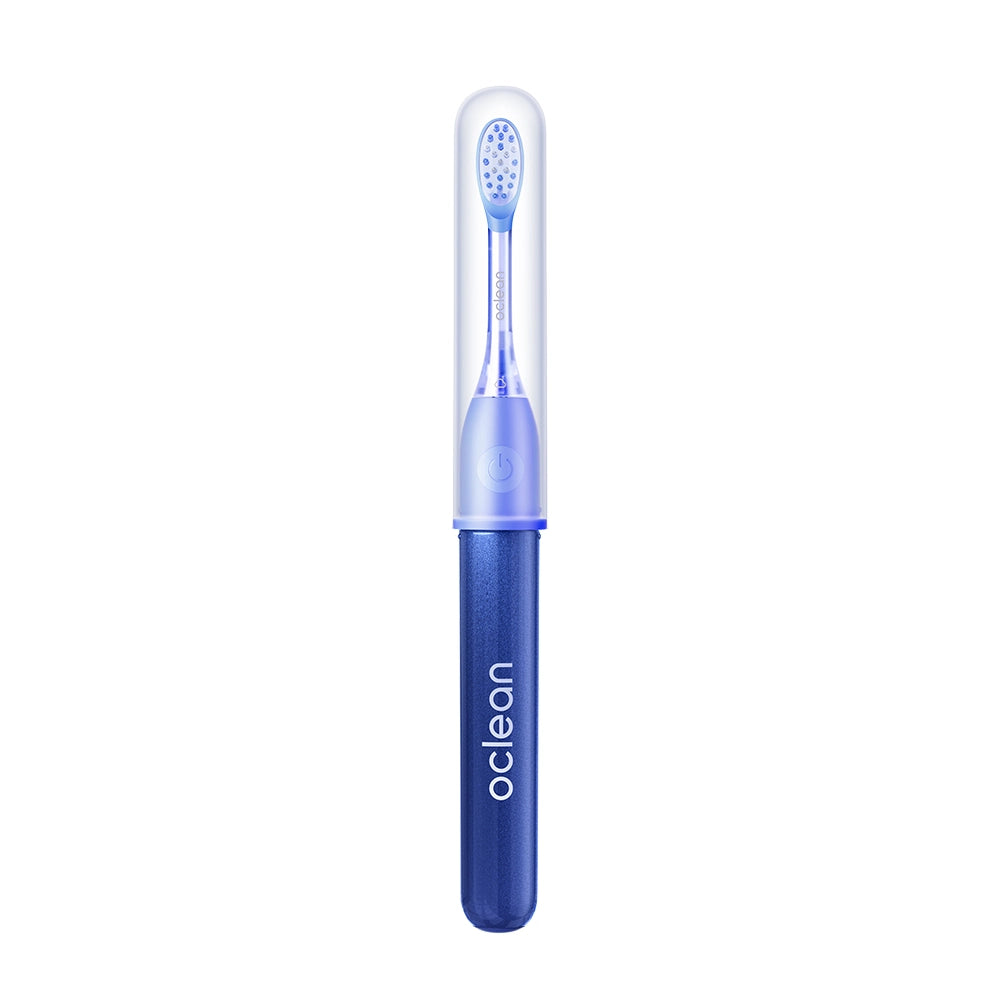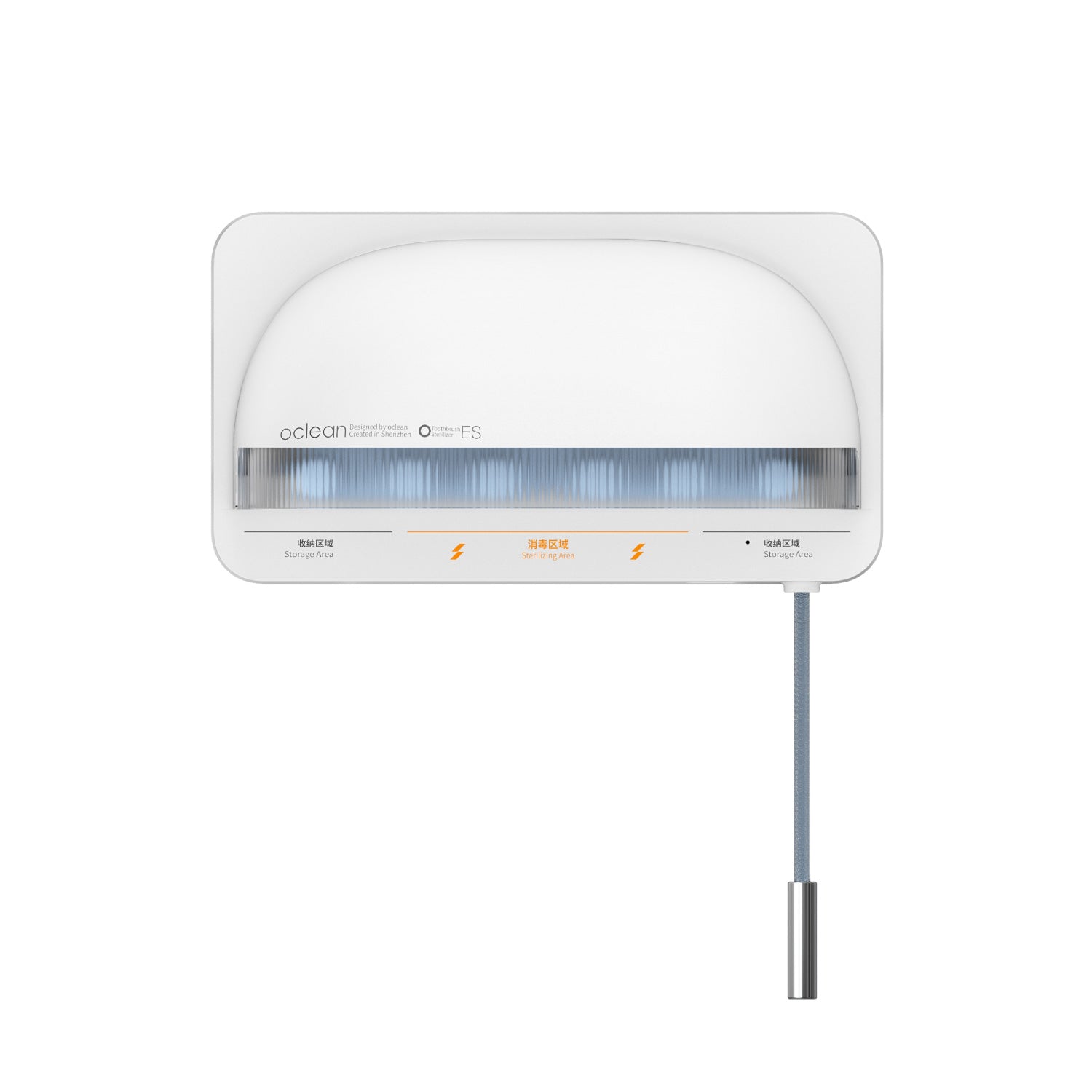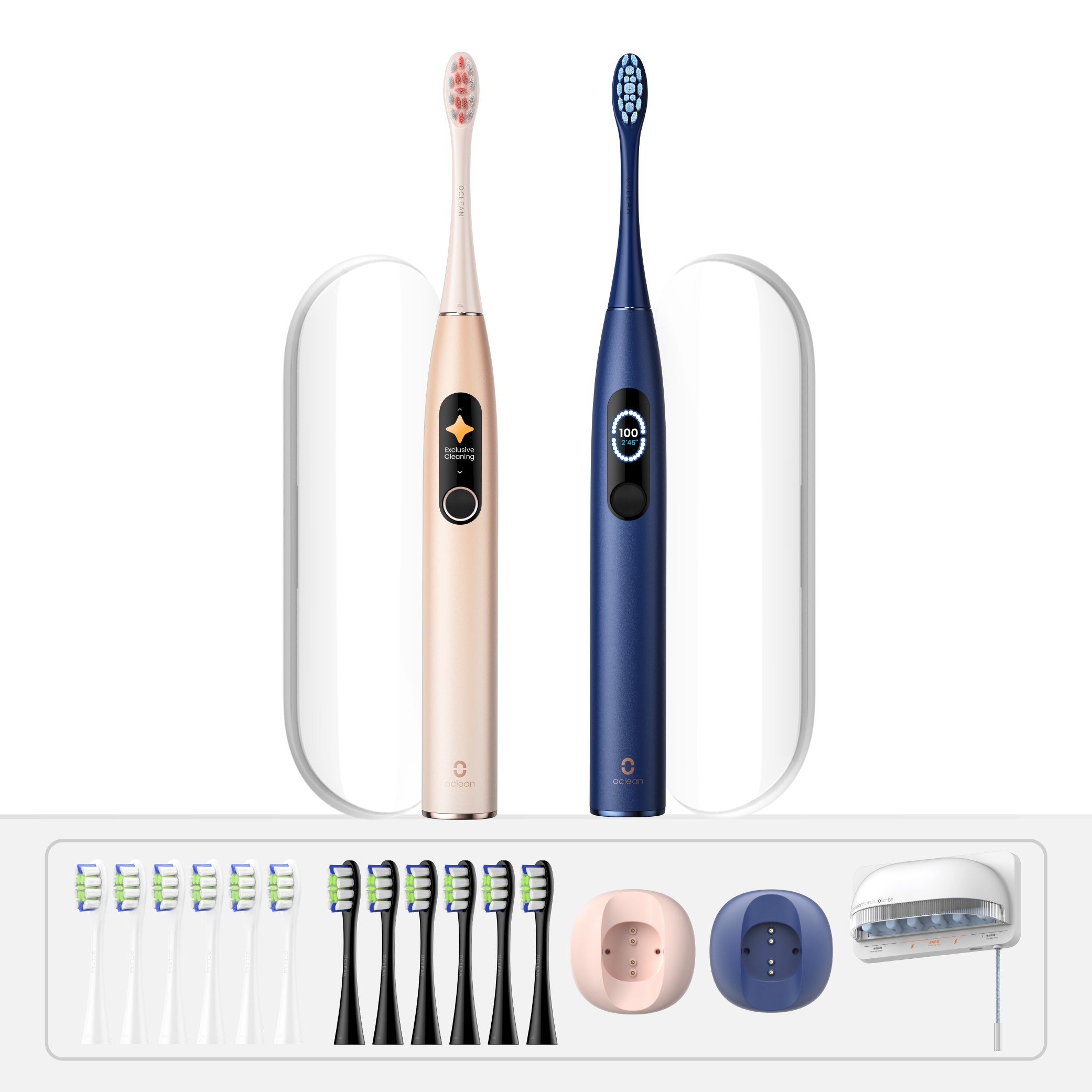If you’ve lost teeth, your dentist can fill in the gaps with a tooth bridge. The bridge includes a central false tooth that’s held in place by the teeth on either side. Also known as dental bridges, they’re a viable alternative to partial dentures.
Tooth bridges are a safe, effective solution to missing teeth. They enable people to speak, eat, and smile without concern, improving not only their quality of life but also their self-esteem.
Bridges are often made from ceramic, resin, porcelain, or, traditionally, metals like cobalt and gold. Ceramic is the preferred choice as it closely resembles natural teeth.
Considering a dental bridge? Here’s everything you need to know.
What is a Tooth Bridge?
A tooth bridge, or dental bridge, is a prosthetic that bridges a gap in the mouth. Usually, when people have one or two teeth removed, they are fitted with dentures. The problem? Dentures are often uncomfortable and must be constantly removed.
The tooth bridge consists of a false tooth (that replaces the missing tooth) and two crowns on either side. The crowns – made of porcelain or metal – are permanently bonded to your natural teeth, creating a strong, stable bridge across the gap.
Think of it as the false tooth with two wings on either side of it. The false tooth is sometimes referred to as a pontic.

Types of Tooth Bridges
Dental bridges come in four different options. Your dentist will advise you on the best solution, depending on your specific situation. Your options include:
1. Traditional fixed bridges. The standard option – these bridges include a crown on either side of the pontic. The crowns secure and support the central false tooth. Preferred in cases where a single tooth is missing (often a molar).
2. Maryland dental bridges (or resin-bonded bridges). Designed to replace the front teeth. Instead of using a crown, the dental bridges use porcelain or metal frameworks (called “wings”) that are bonded to the back of your teeth. These wings secure the false tooth (or teeth) in place.
3. Implant-supported bridges. Implants are often an alternative to dental bridges. However, if a patient has lost multiple teeth, an implant can be surgically embedded in their jaw. This implant functions like a traditional bridge, with a pontic in the centre.
4. Cantilever bridges. No longer popular. If only one side of the gap has a natural tooth, this option anchors the pontic(s) to the natural tooth using a single crown. Risks become dislodged.
Cost of Tooth Bridges
Like most dental work, tooth bridges can be quite expensive. The overall cost of the dental bridge depends on the level of work needed and the type of bridge. For example, a traditional dental bridge for a single missing tooth is much cheaper than an implant-supported bridge for multiple missing teeth.
Another key factor is your oral health. If you’ve got significant gum disease, the bridge cannot be fitted until your condition is fully settled. That adds costs to the treatment.
In the UK, private dental bridge costs typically range as follows:
|
Type of Bridge |
Average Cost (per unit/tooth) |
|
Traditional fixed bridge |
£300 – £800 per unit |
|
Resin-bonded bridge (Maryland) |
£250 – £600 |
|
Implant-supported bridge |
£2,000 – £5,000+ (multi-unit) |
Under the NHS, it’s categorised as a Band 3 treatment (£306.80 as of 2025). In Europe, prices vary from country to country, depending on availability under national health insurance. That means it can be as low as €250 – €500 in Poland or as high as €500 – €1,200 in Germany.
Often, people choose to travel to other countries (usually in Eastern Europe) and pay out-of-pocket for private treatment.

Pros and Cons of Dental Bridges
Not everyone is a suitable candidate for a dental bridge. Even if you’ve got a missing tooth, it might not be the best option for you. It requires a detailed conversation with your dentist about the different options, weighing the costs, risks, and long-term implications.
Let’s consider the pros and cons:
Pros of Dental Bridges
Dental bridges are a popular option for a reason. They provide several functional and aesthetic benefits:
☑ Restore a natural appearance. Fills in the missing gap, giving your smile a complete and natural look.
☑ Improve speech clarity. Missing teeth can make it difficult to enunciate certain words. Bridges restore your ability to speak normally.
☑ Preserve facial structure. By filling gaps, bridges help prevent jawbone loss that can occur in the absence of teeth.
☑ Enhance chewing ability. Chewing with a missing tooth is difficult. A full set of teeth allows for more effective chewing and a balanced diet.
☑ Prevent teeth from shifting. When a tooth is removed, the other teeth begin to drift inward. Filling the space prevents this drift, which can lead to bite problems and alignment issues.
Cons of Dental Bridges
Dental bridges might be a viable alternative in many cases. However, they present some risks and issues that could prevent them from being suitable for you. Consider these disadvantages:
⮽ Damage to supporting (abutment) teeth. If these teeth weaken or become damaged, the bridge’s stability can be compromised.
⮽ Risk of decay under crowns. Poorly fitting bridges may allow bacteria and plaque to accumulate, leading to cavities beneath the crowns.
⮽ Altered tooth structure and bite. Crowns require reshaping of the abutment teeth, which can affect your natural bite.
⮽ Bridge failure. If the abutment teeth are not strong enough, the entire bridge can collapse.
⮽ Potential need for implants later. In some cases, abutment teeth may eventually fail, requiring replacement with dental implants.
Dental Bridges vs. Implants
The most common alternative to a dental bridge is an implant. But what’s the difference?
· Dental bridges sit on top of the gums and are anchored by a crown on the neighbouring teeth. The prosthetic must be replaced every 10-15 years, depending on the level of upkeep and oral hygiene.
· Dental implants are secured into the jawbone itself. The implant is mounted on a screw that is fastened in the jawbone. It is a more permanent option, but also substantially more expensive.
The decision between the two options is ultimately up to you and your dentist. However, the real factor is usually cost and insurance coverage. Insurance providers typically cover dental bridges, whereas implants are less commonly covered.
Implants are also more invasive and thus carry a greater risk. Although it should be noted that both procedures are extremely safe.
Should You Get a Dental Bridge?
If you’ve got a missing tooth, you should always consider a dental bridge. They’re a successful, relatively low-risk, and safe option for millions of people worldwide. The best part? They last, meaning you don’t have to undergo repeated procedures.
You’re a good candidate for a dental bridge if:
· You’re missing one or more permanent teeth
· The teeth on either side of the gap are healthy and strong enough to support a bridge
· Your jawbone is structurally sound and can support the bridge
· You’re in good general health, with no active infections or uncontrolled medical conditions
· You have no dental infections or other dental issues
Taking Care of a Dental Bridge
Dental bridges are typically the last resort after long-term tooth decay. Losing a tooth occurs if there is significant decay or infection; an abscess is a common cause.
Looking after your dental bridge involves maintaining good overall hygiene to keep the bridge secure and prevent future dental decay.
Good Oral Hygiene
Most dentists advise that you brush your teeth twice a day. While conventional toothbrushes (non-electric and oscillating brushes) are effective, the gold standard for oral hygiene is a sonic electric toothbrush.
The Oclean X Ultra 20 Sonic Toothbrush, for example, is an AI-powered device that achieves up to 84,000 movements per minute using its Maglev motor. These vibrations lift the plaque and bacteria from your teeth – including around a tooth bridge – providing the greatest level of cleaning.
Alongside brushing, use floss and interdental brushes to remove any lingering plaque, bacteria, or food debris stuck between the gaps.
Dietary Changes
Immediately after your bridge is fitted, you’ll need to be careful about your diet. Avoid hard, chewy foods that can irritate your mouth as it heals. Your dentist will provide specific instructions.
Long-term, you’ll still need to limit or avoid certain foods that can cause lasting damage. These include:
· Sticky sweets – may loosen crowns (e.g. toffee, gum)
· Hard foods – can crack or stress the bridge (e.g. boiled sweets, ice)
· Sugary snacks – increase risk of decay under crowns
· Popcorn – kernels can get stuck or cause damage
· Nuts – especially hard or crunchy types
Final Thoughts
Dental bridges are a highly effective solution for missing teeth. They improve chewing, prevent teeth drifting, and ensure your smile is as good as ever. But they’re not suitable for everyone, and require a thorough conversation with your dentist.
Whatever you decide, you’ll need to look after your teeth going forward.

Oclean provides the best sonic toothbrushes on the market. We deliver them quickly to your door. Browse our collection today and keep your oral health protected.
Table of Contents
